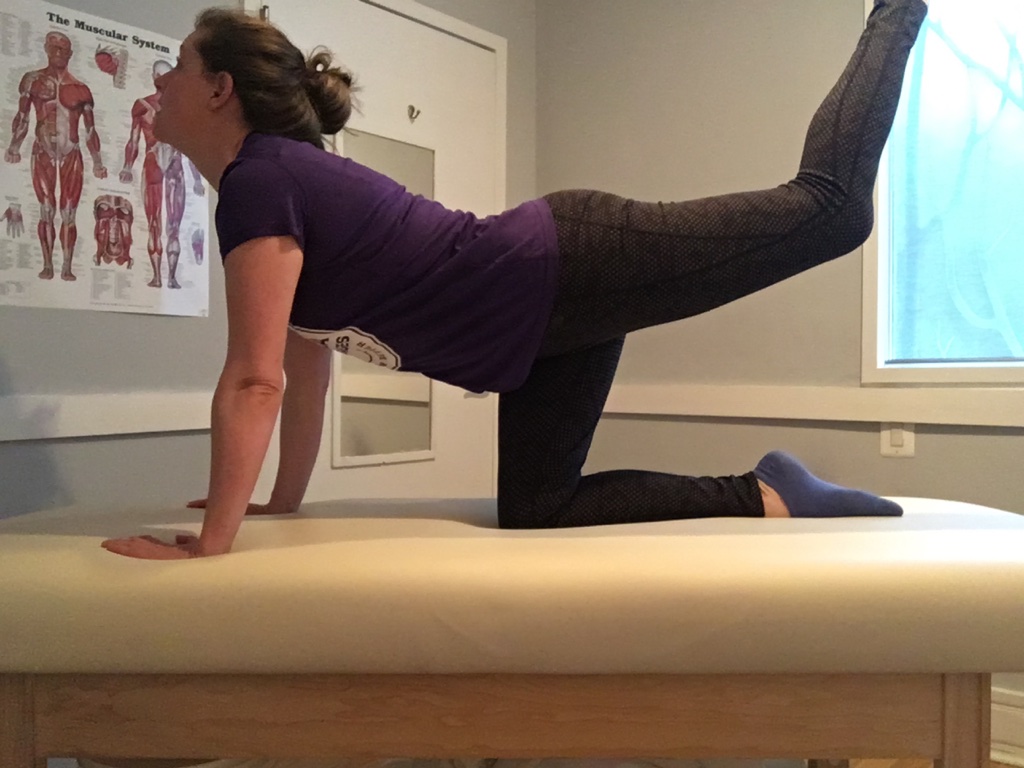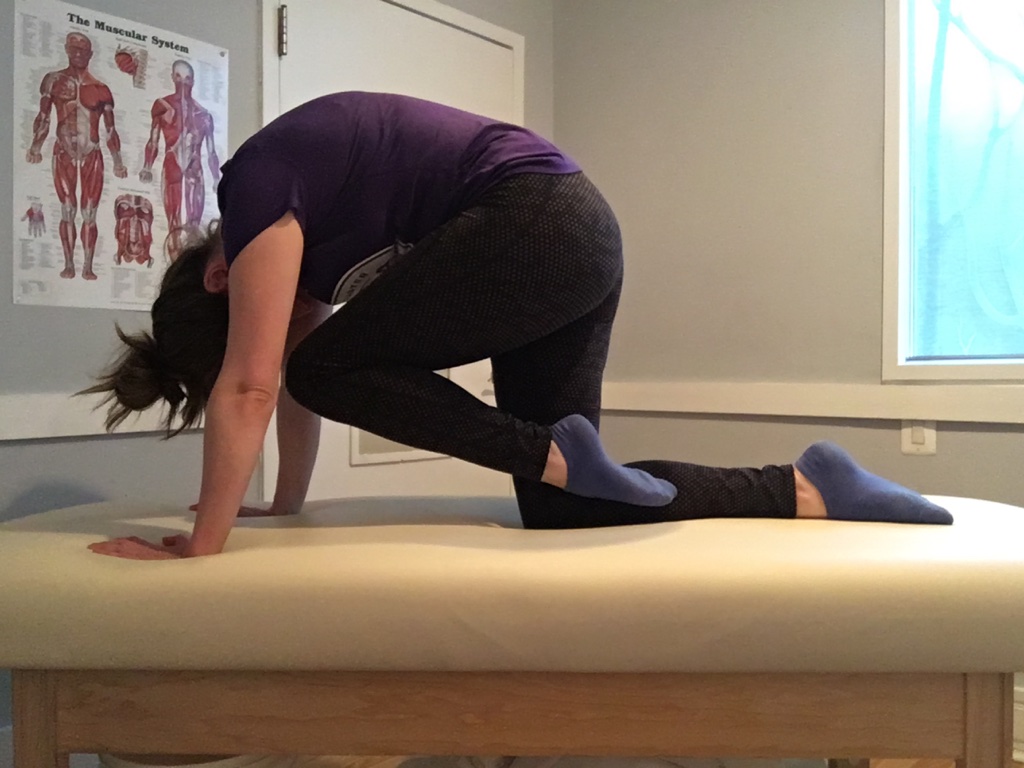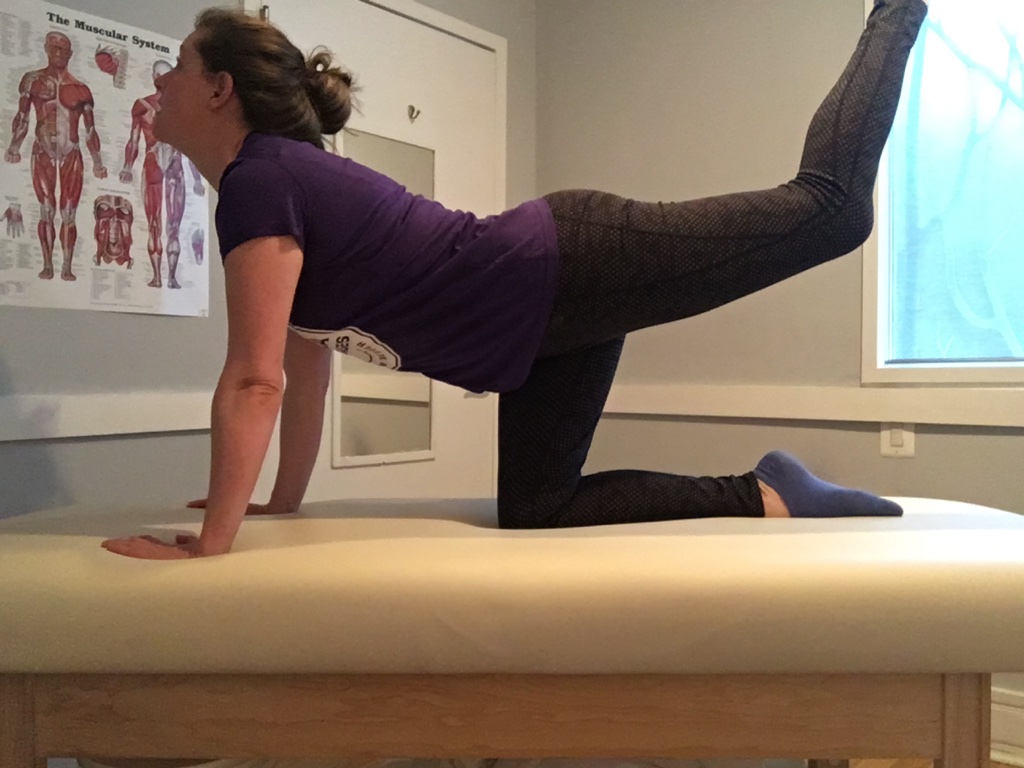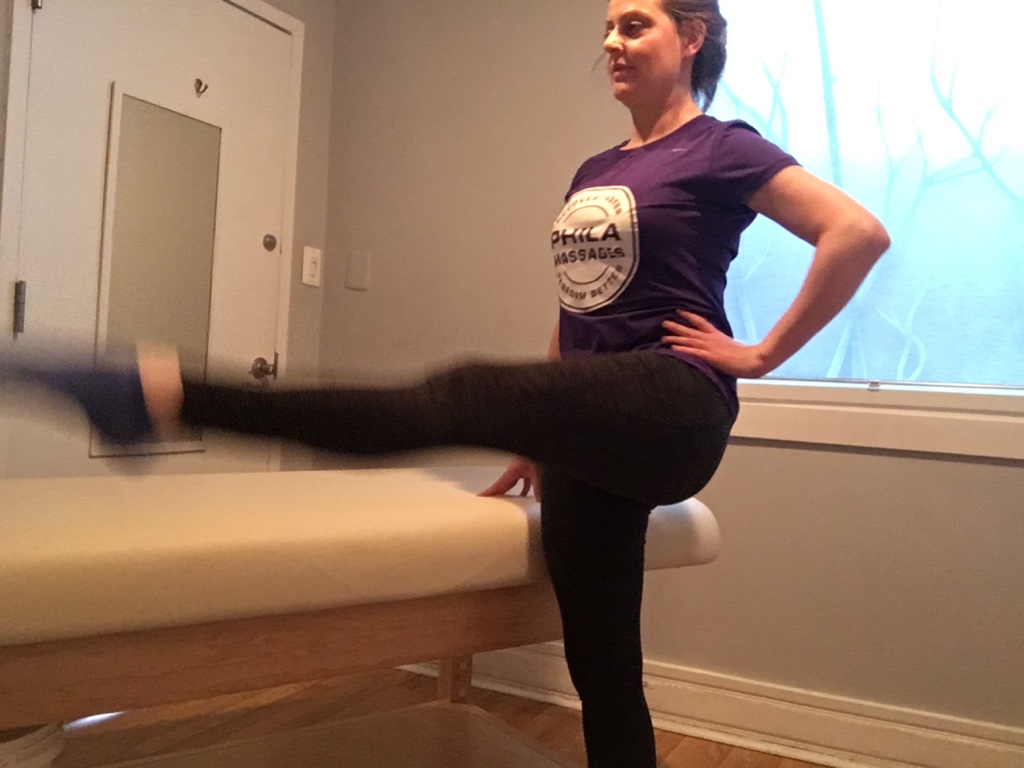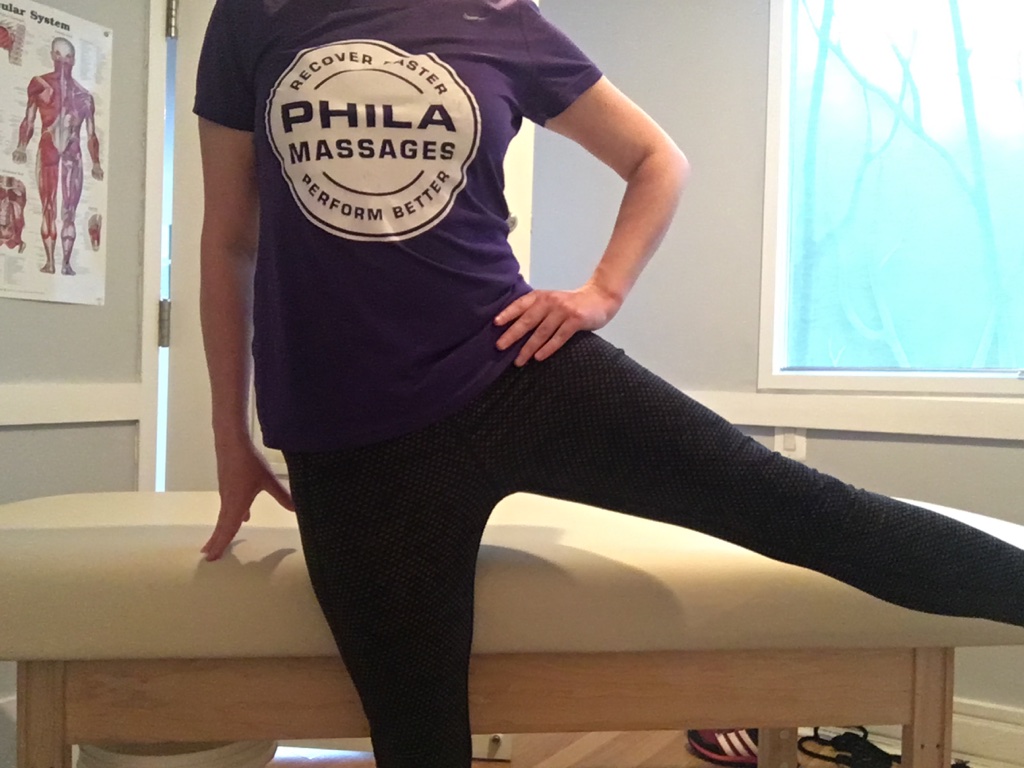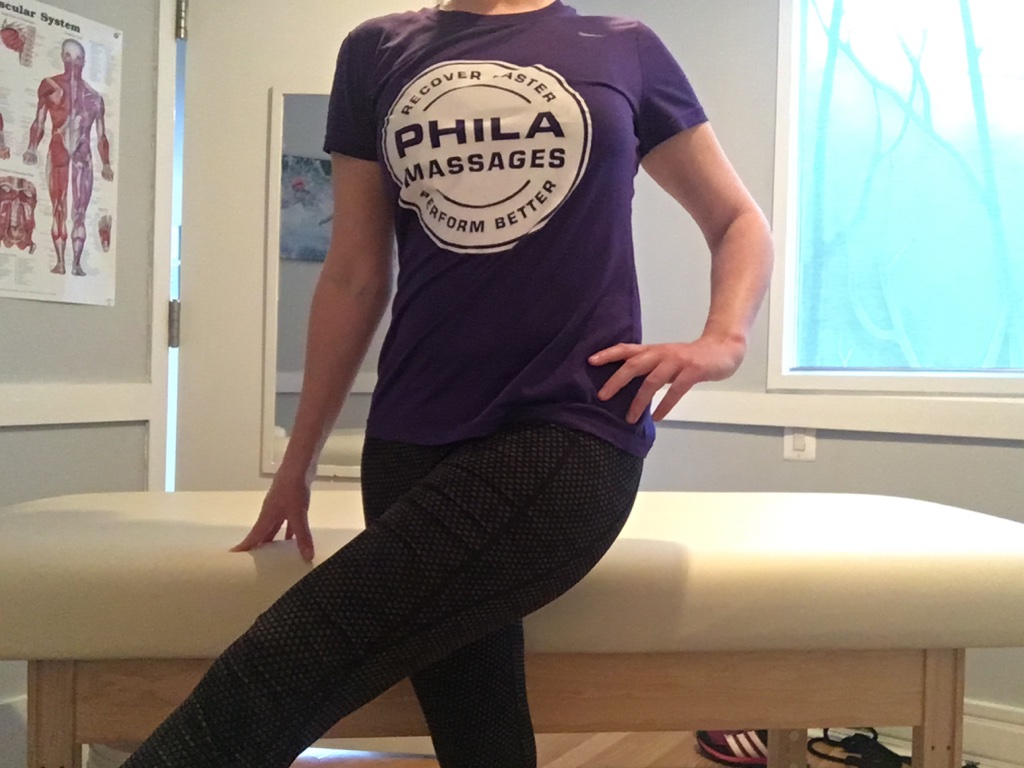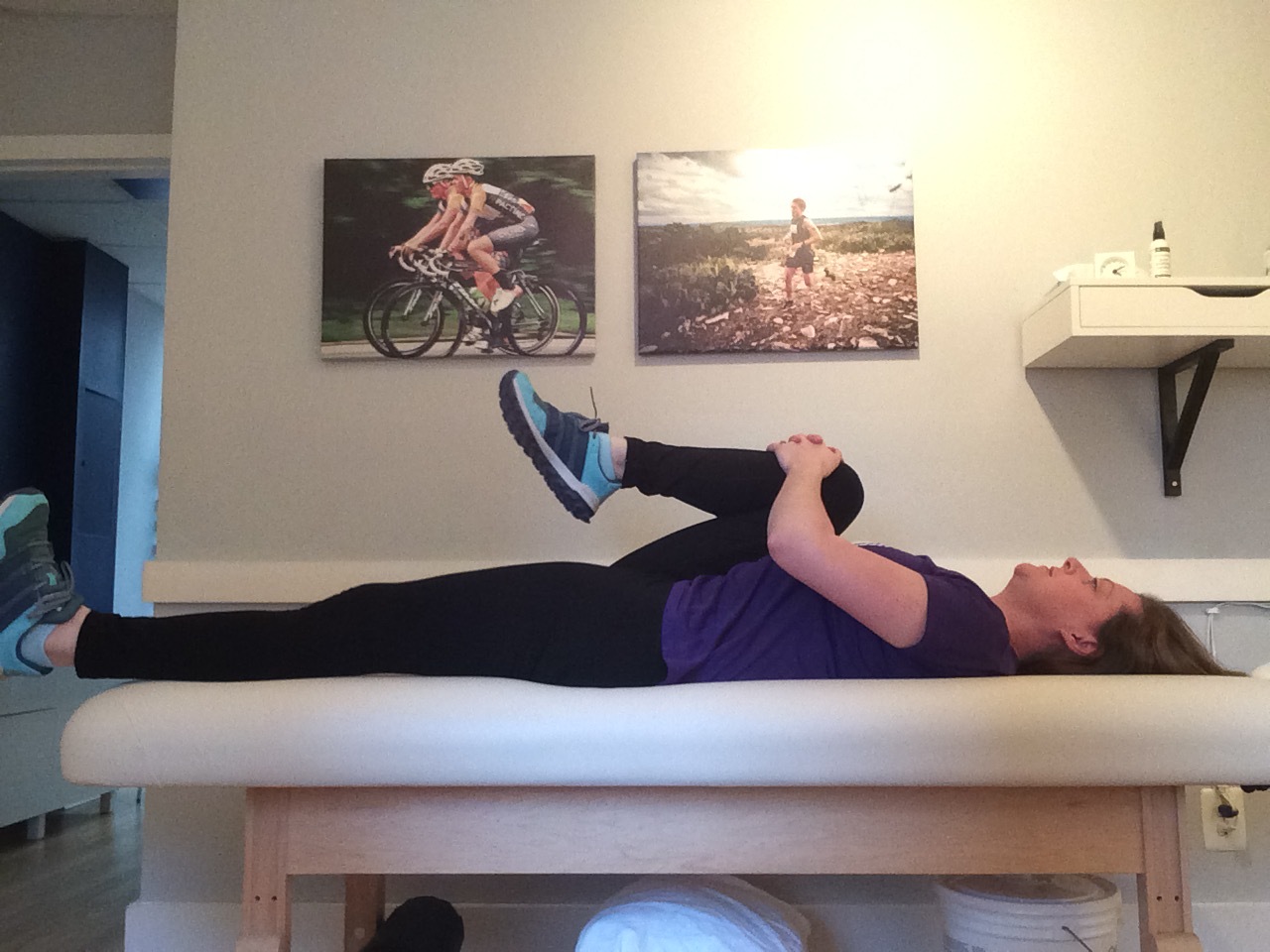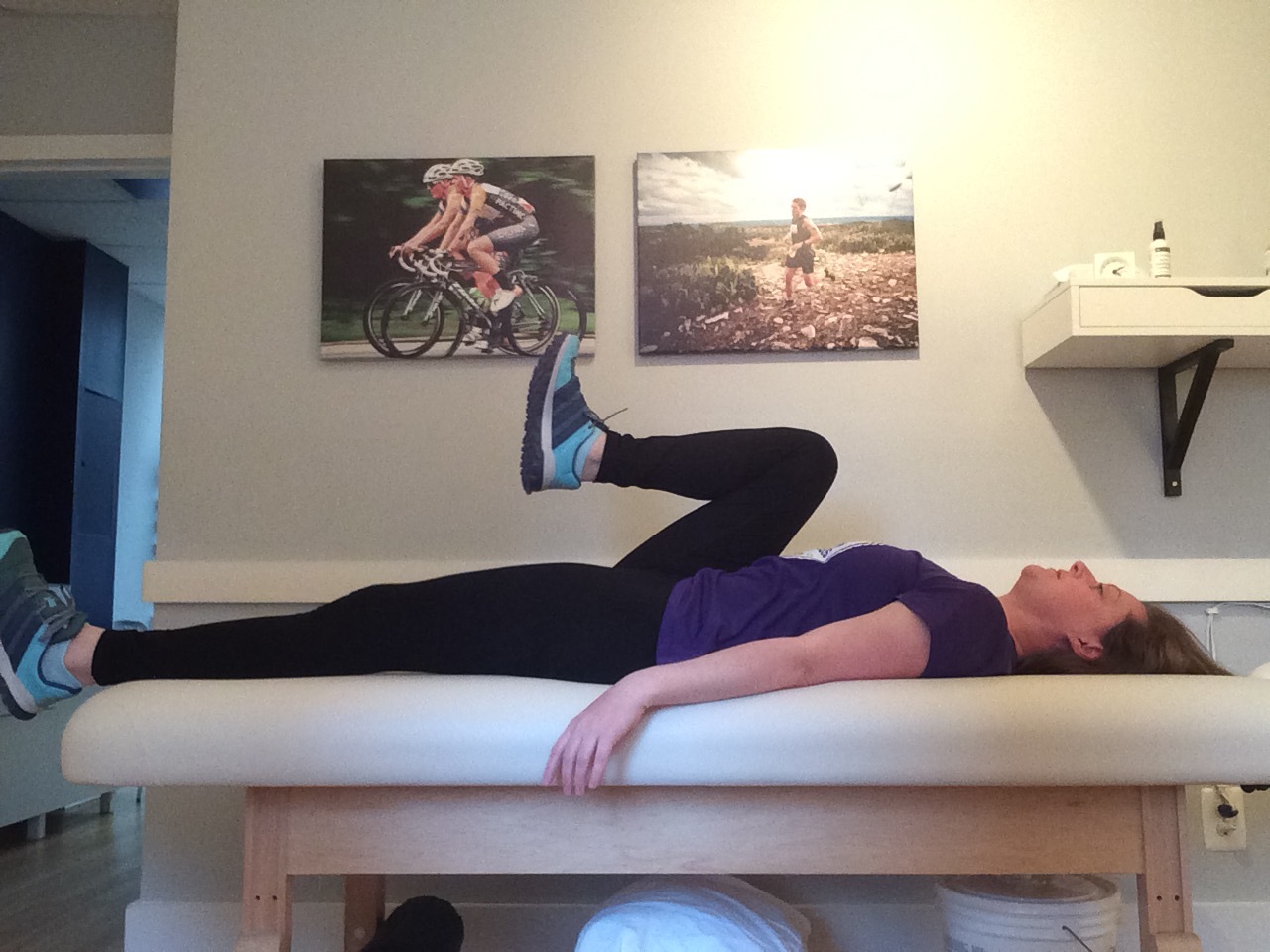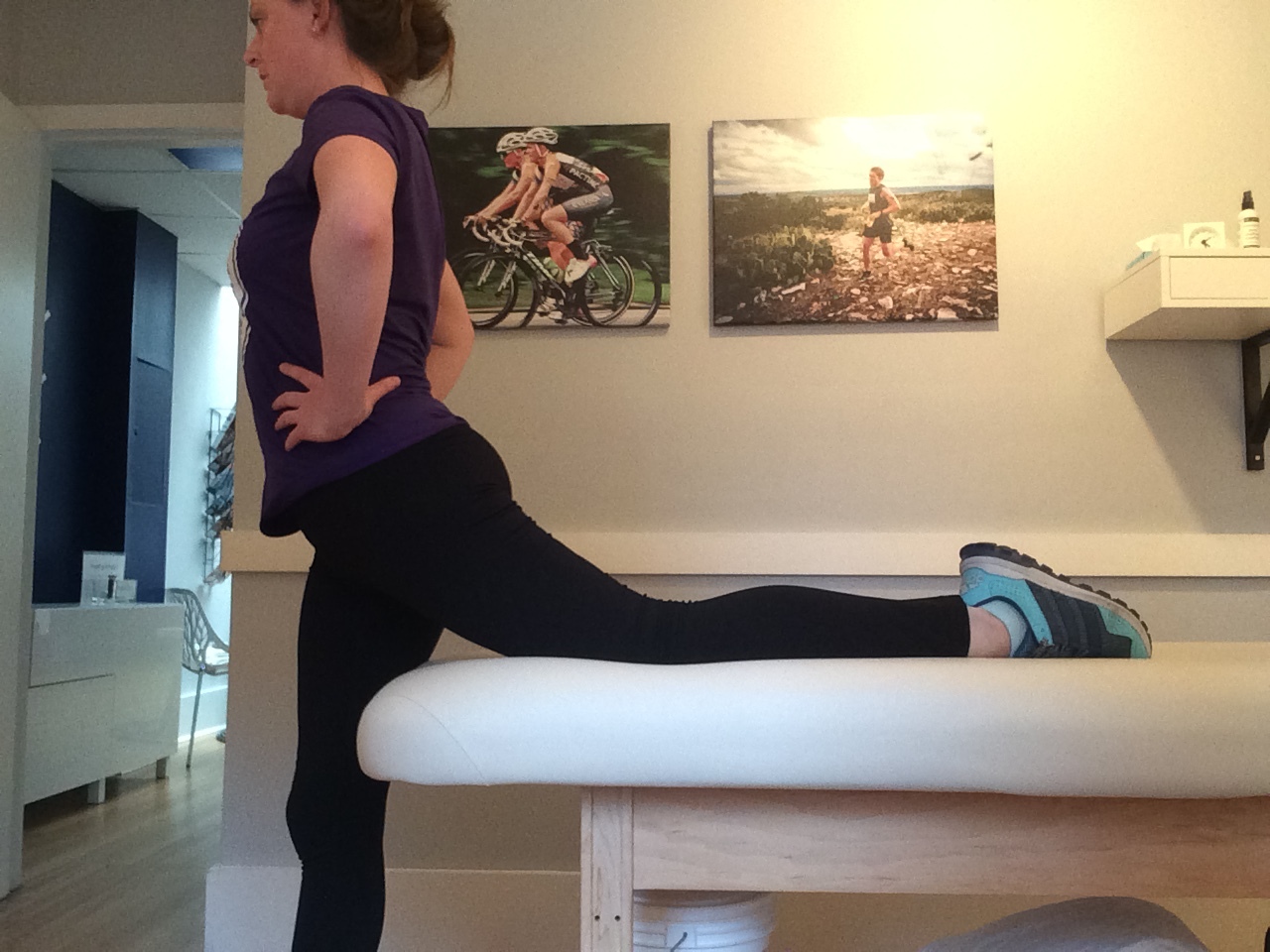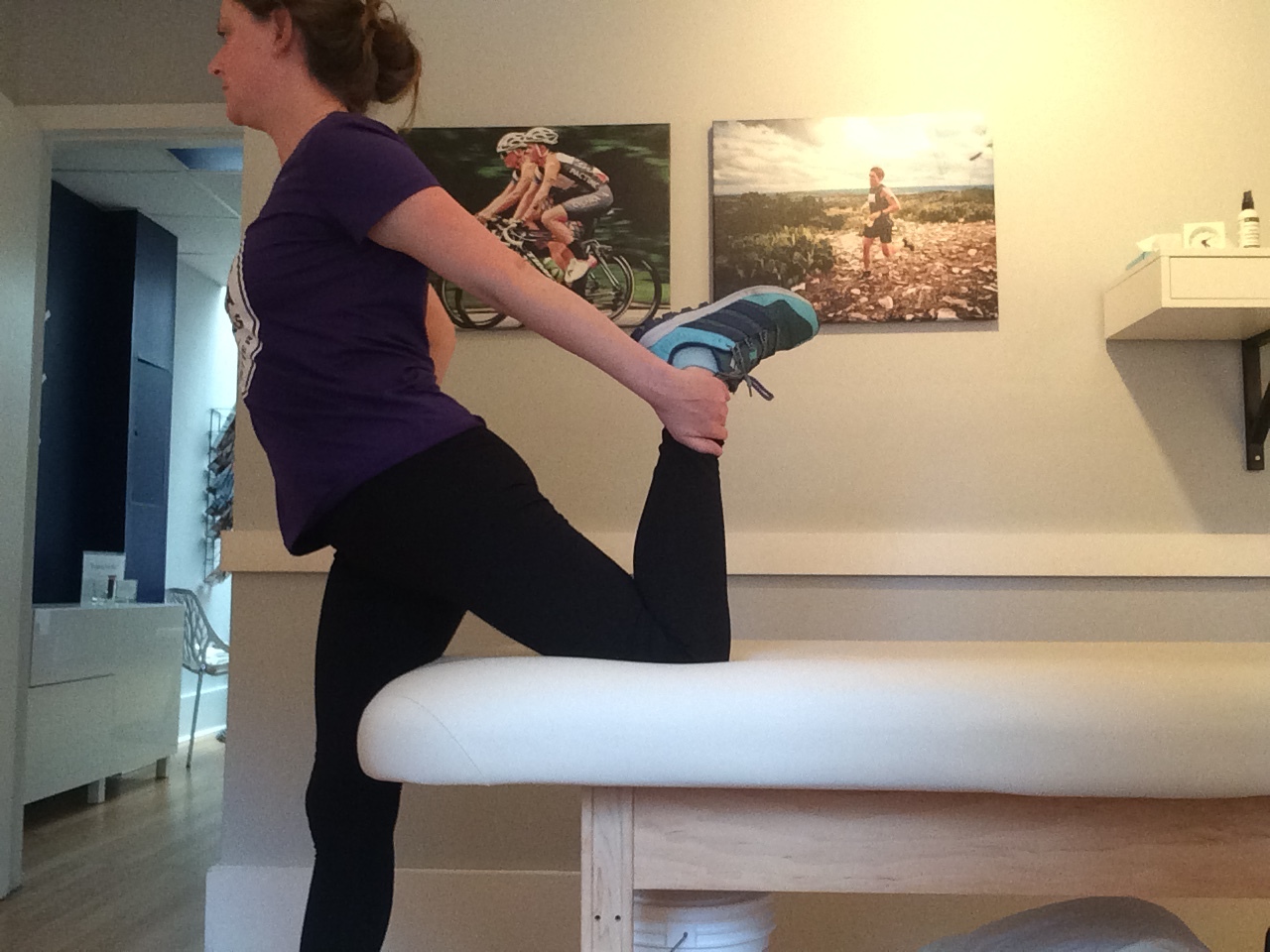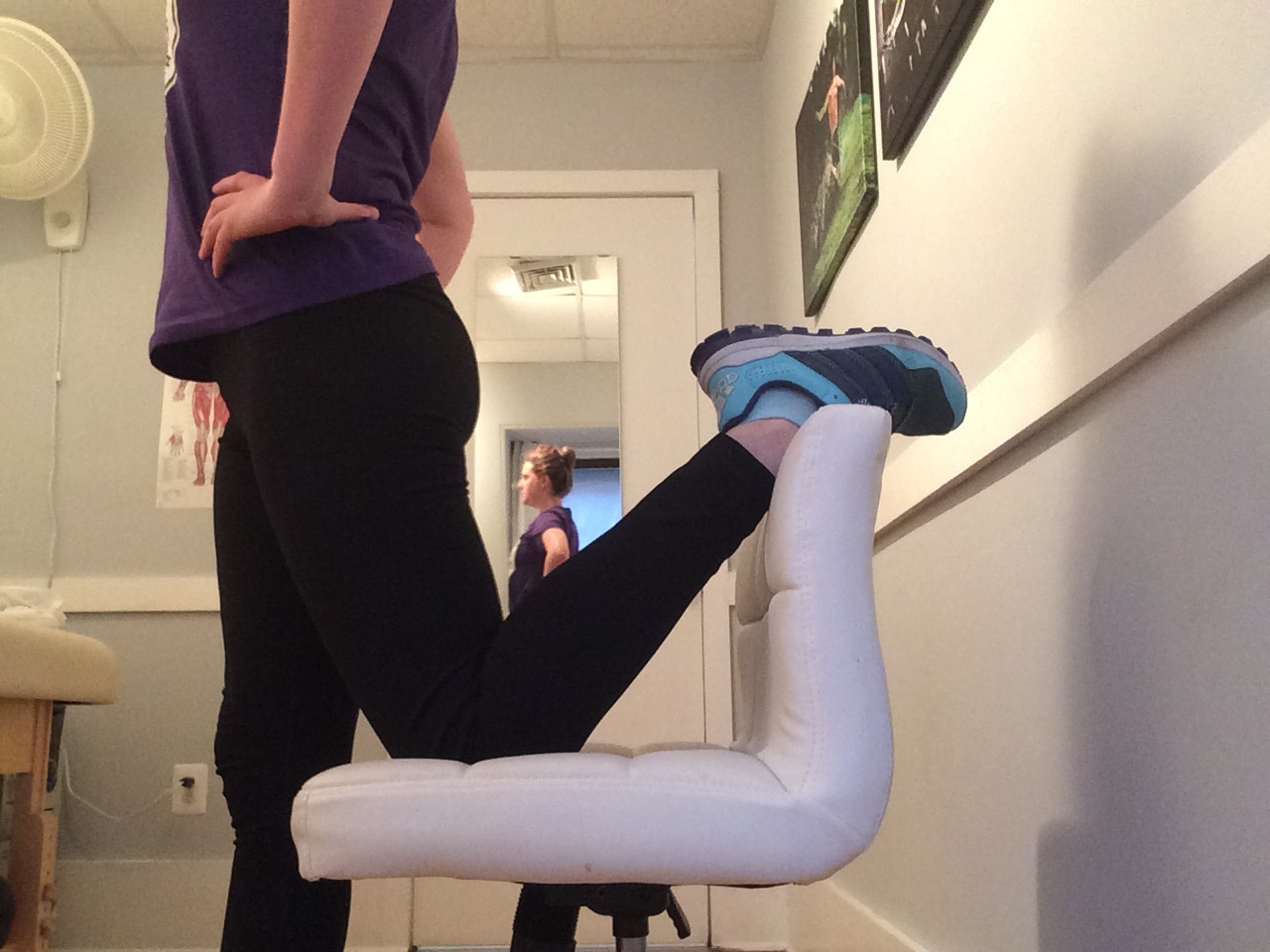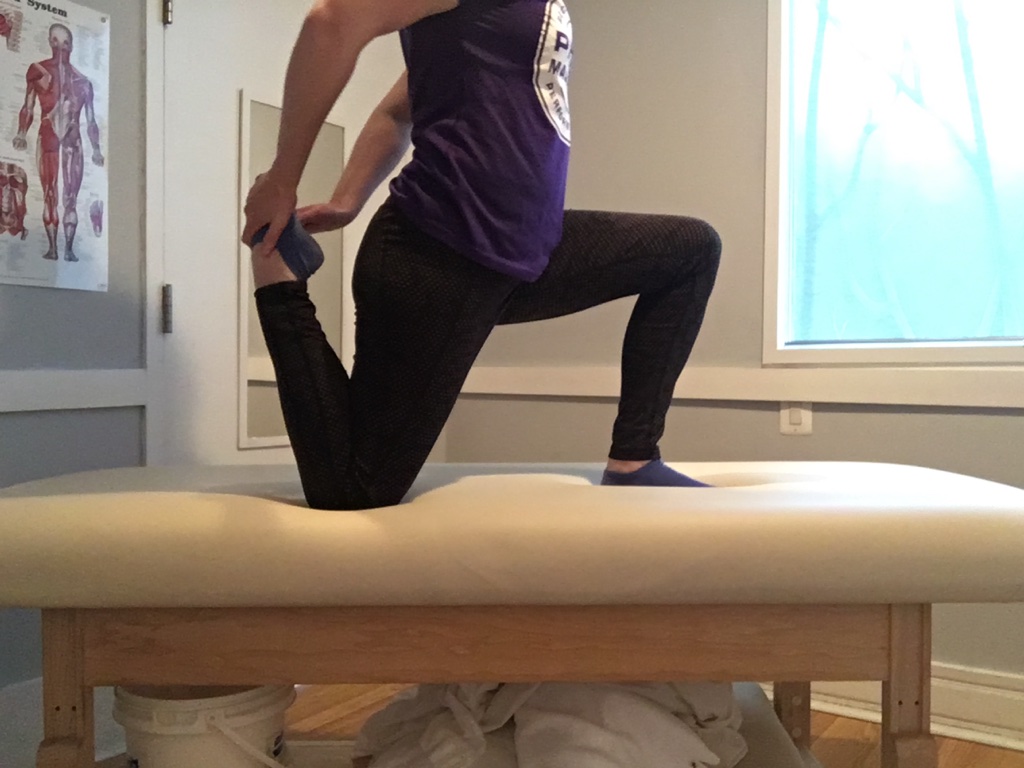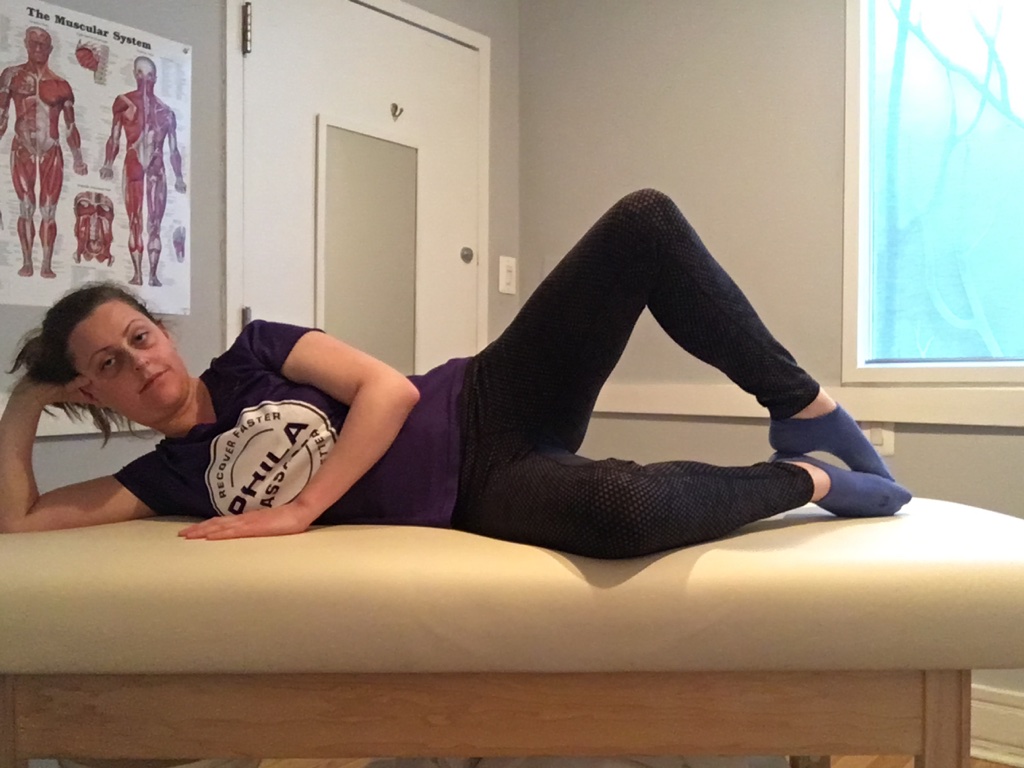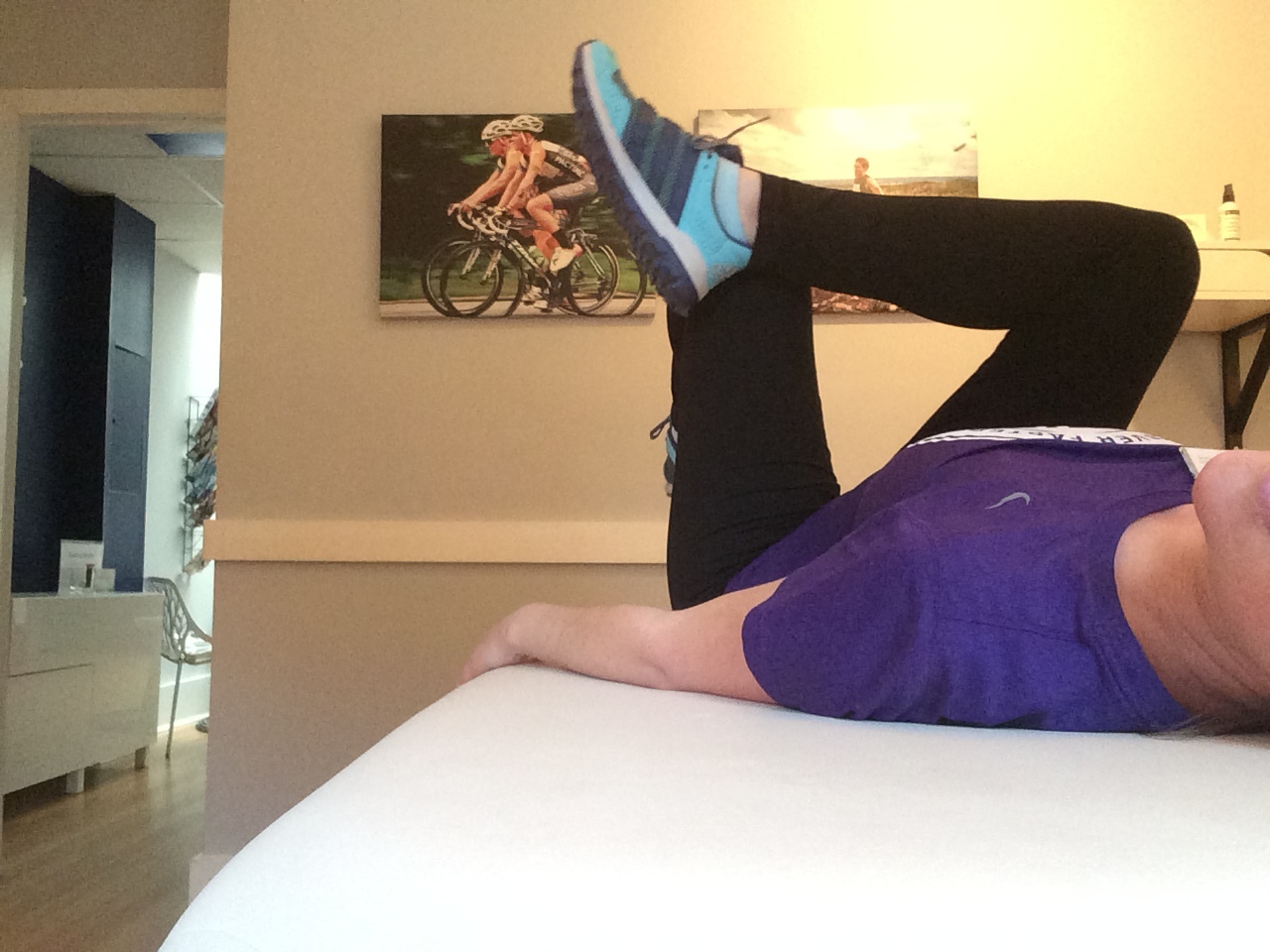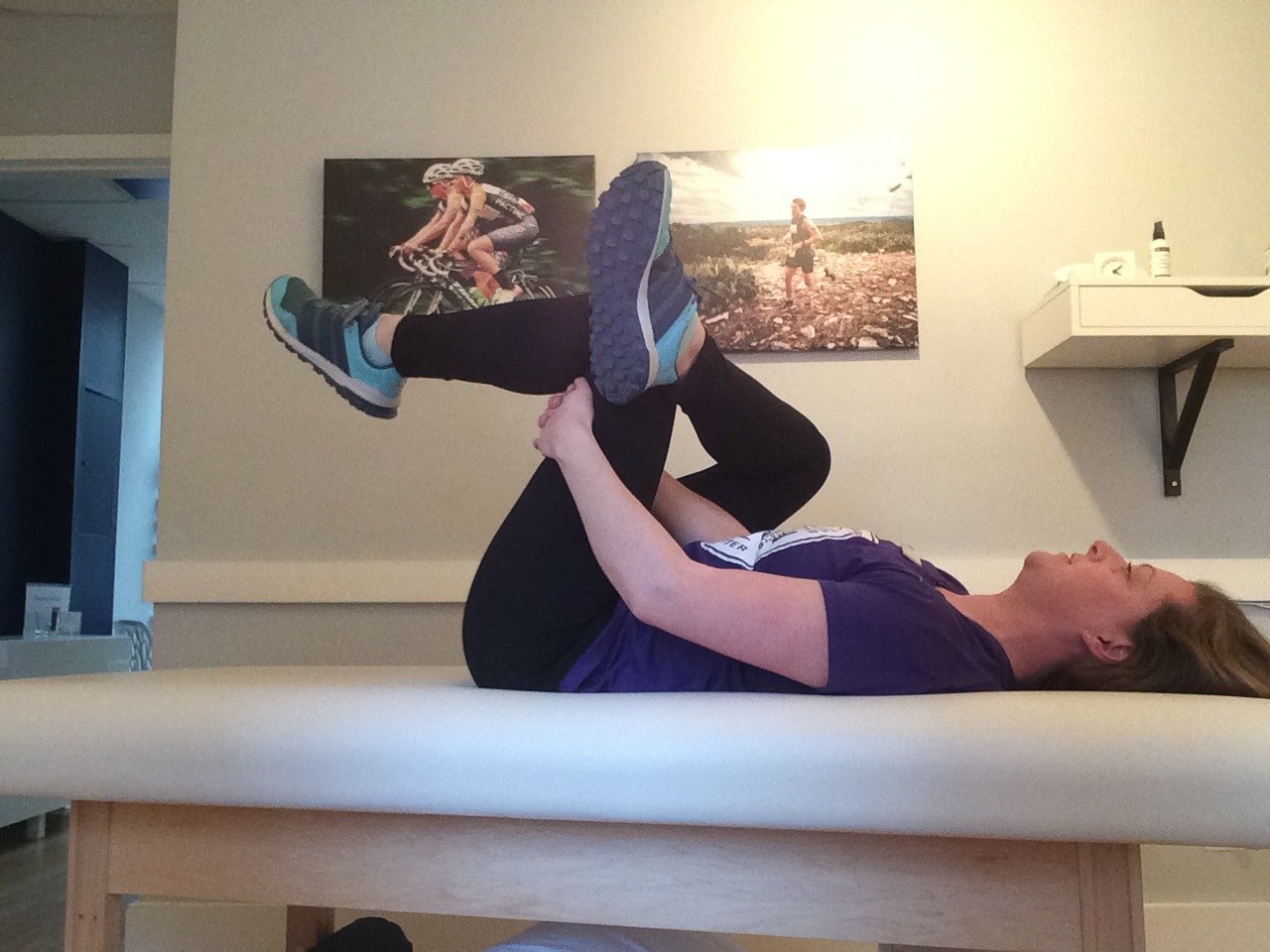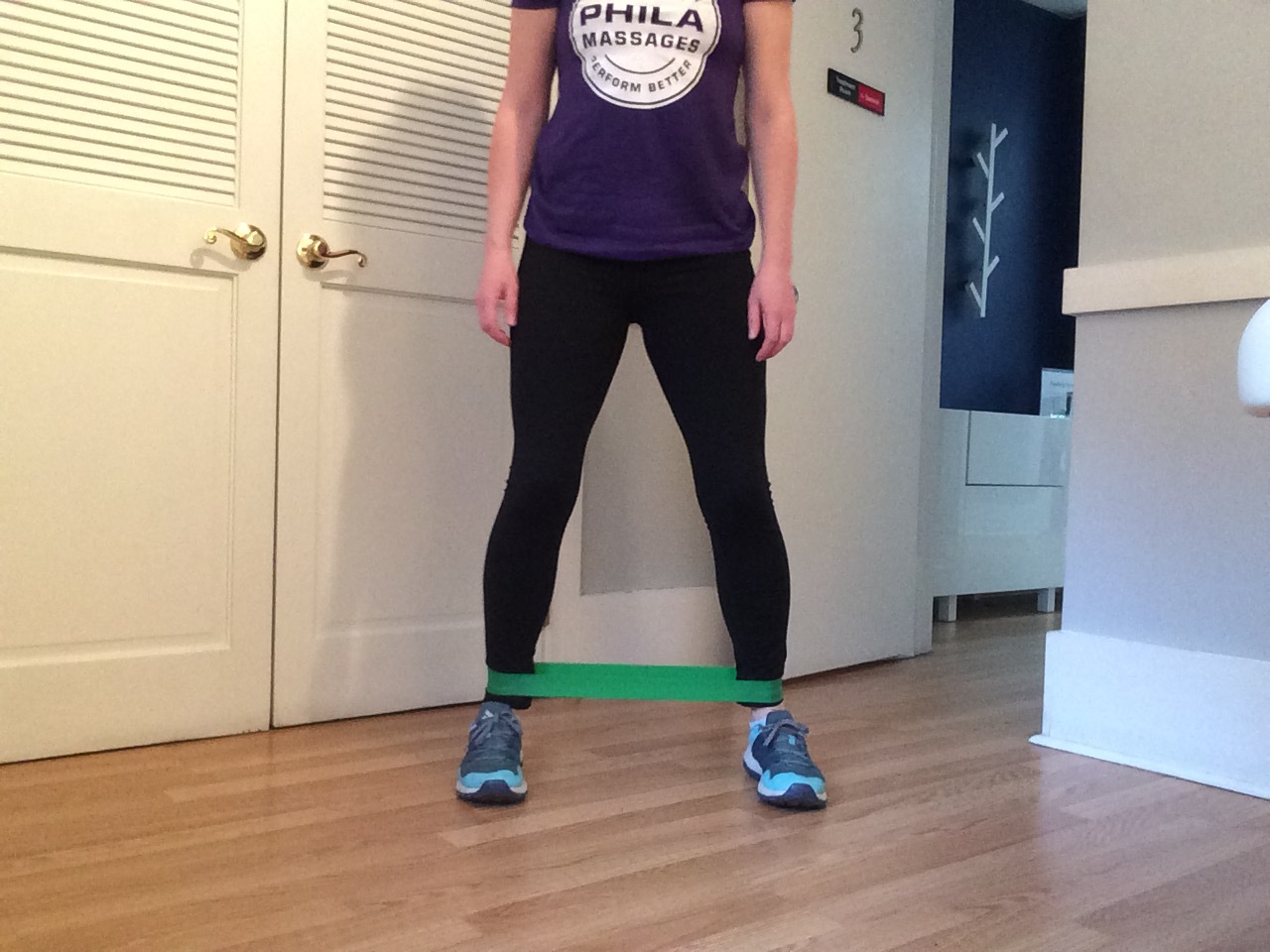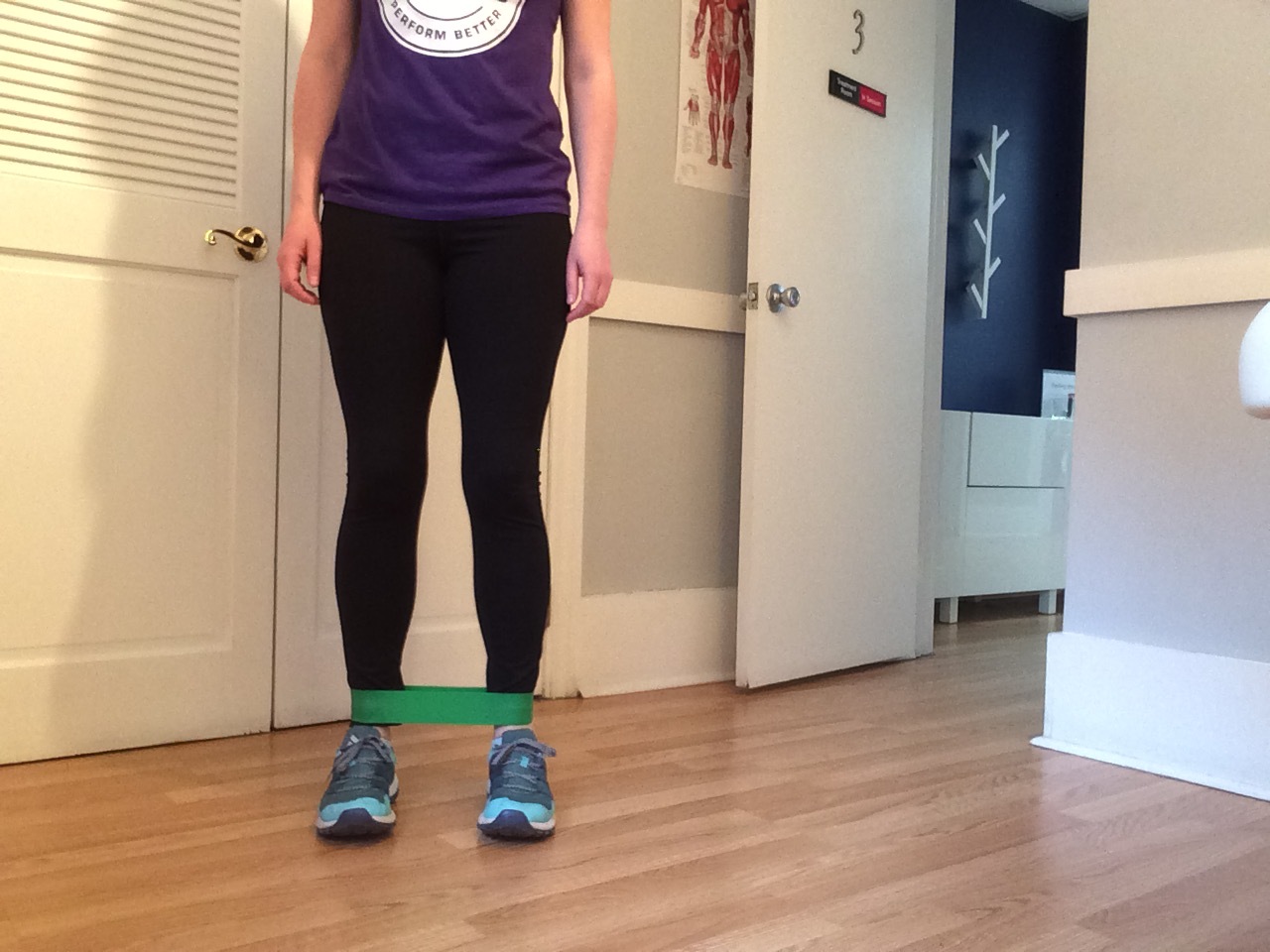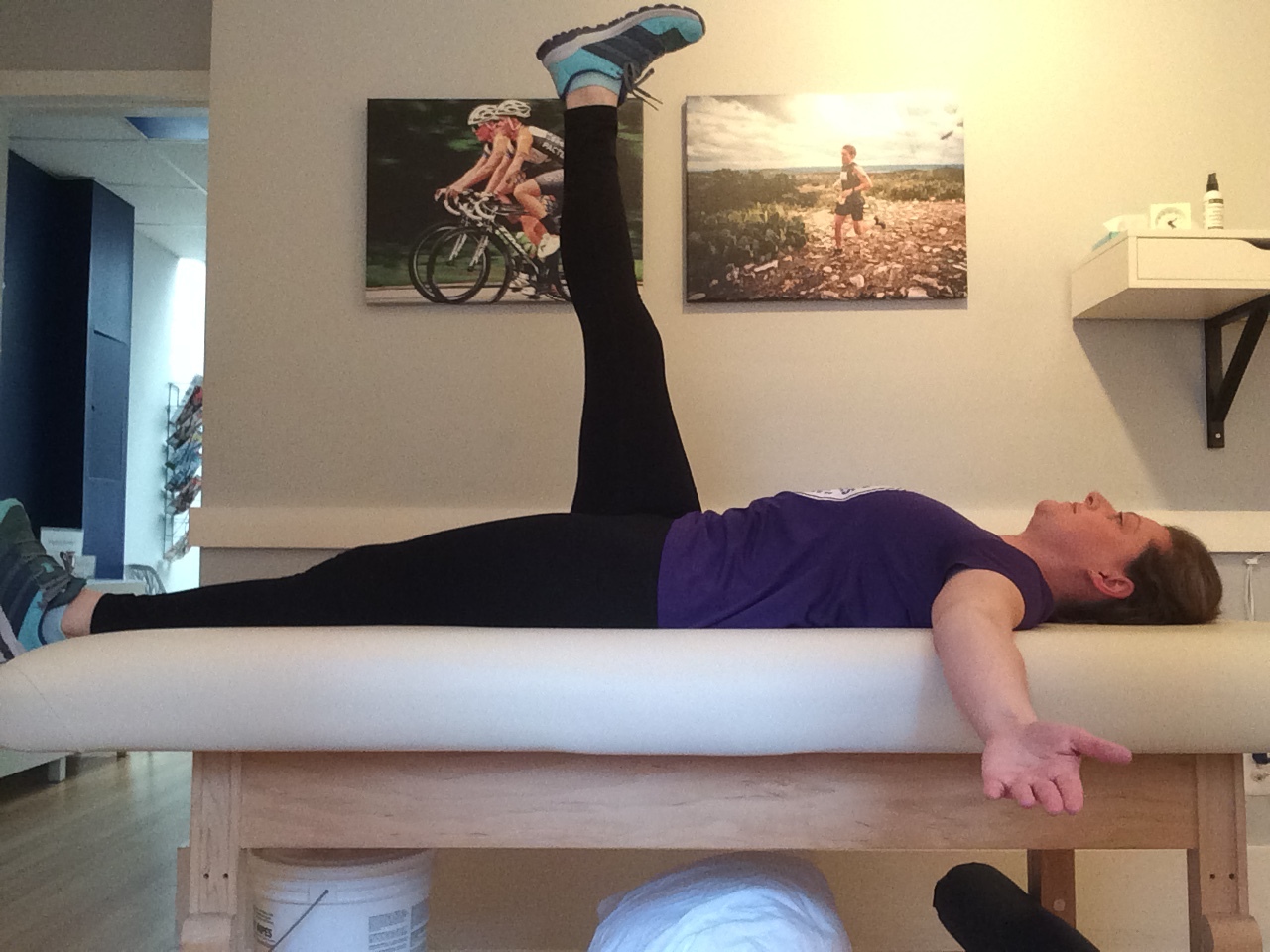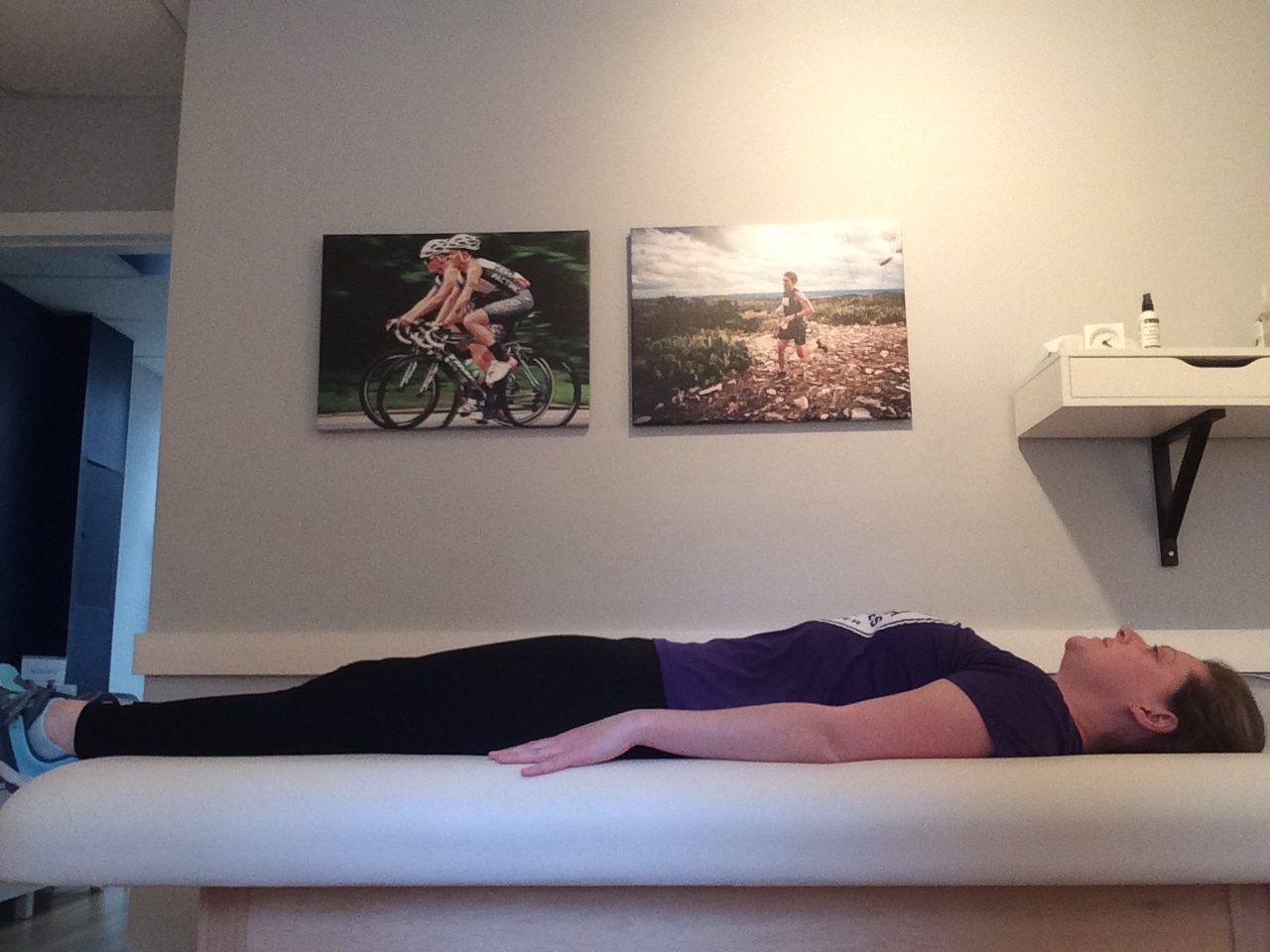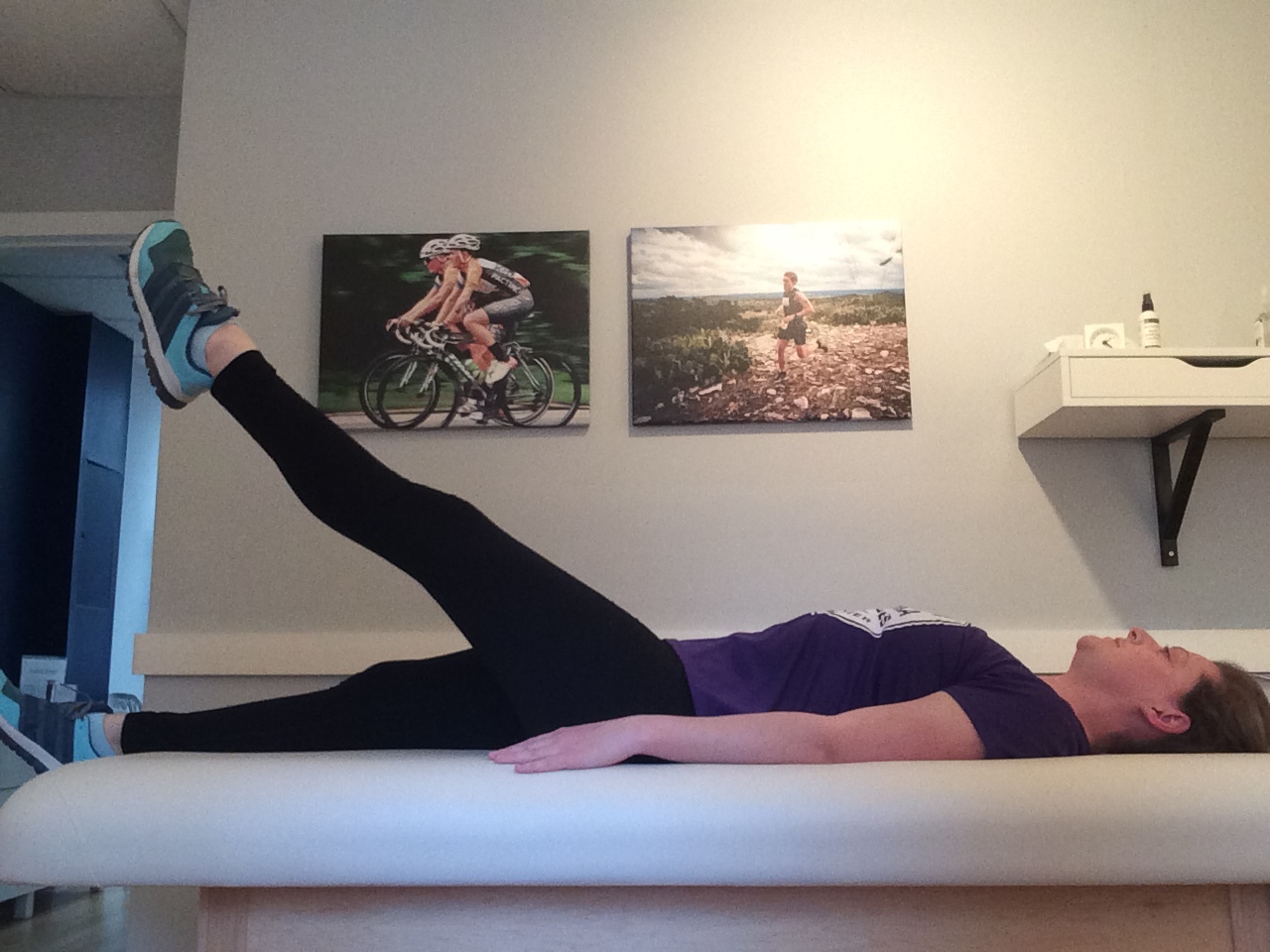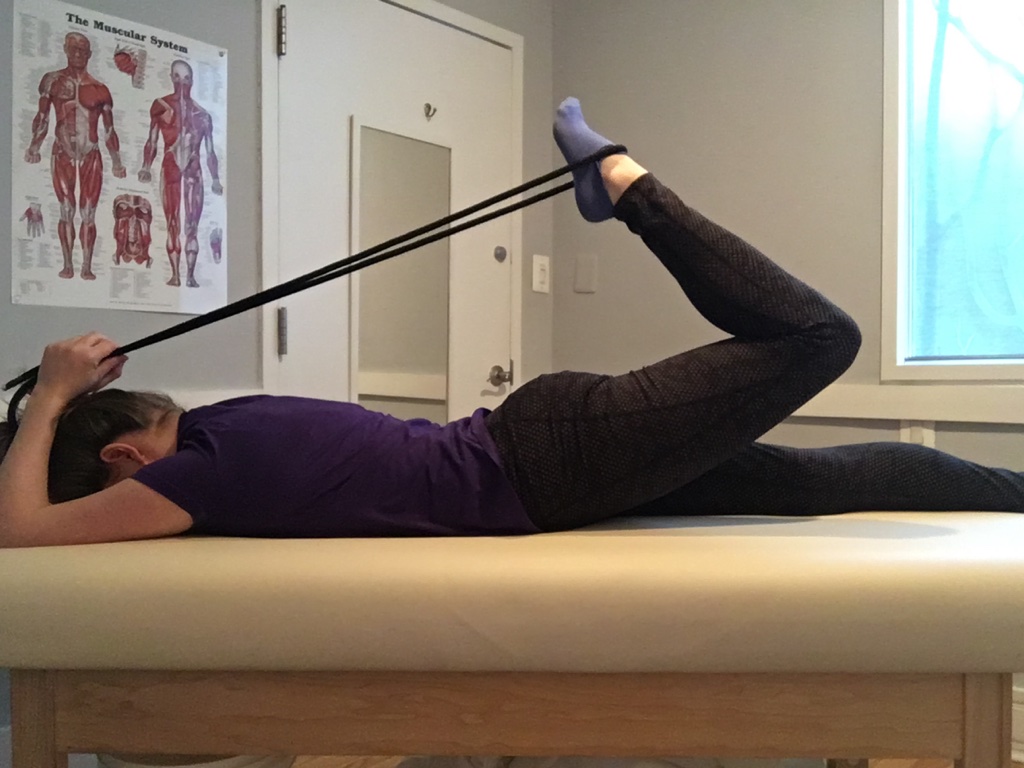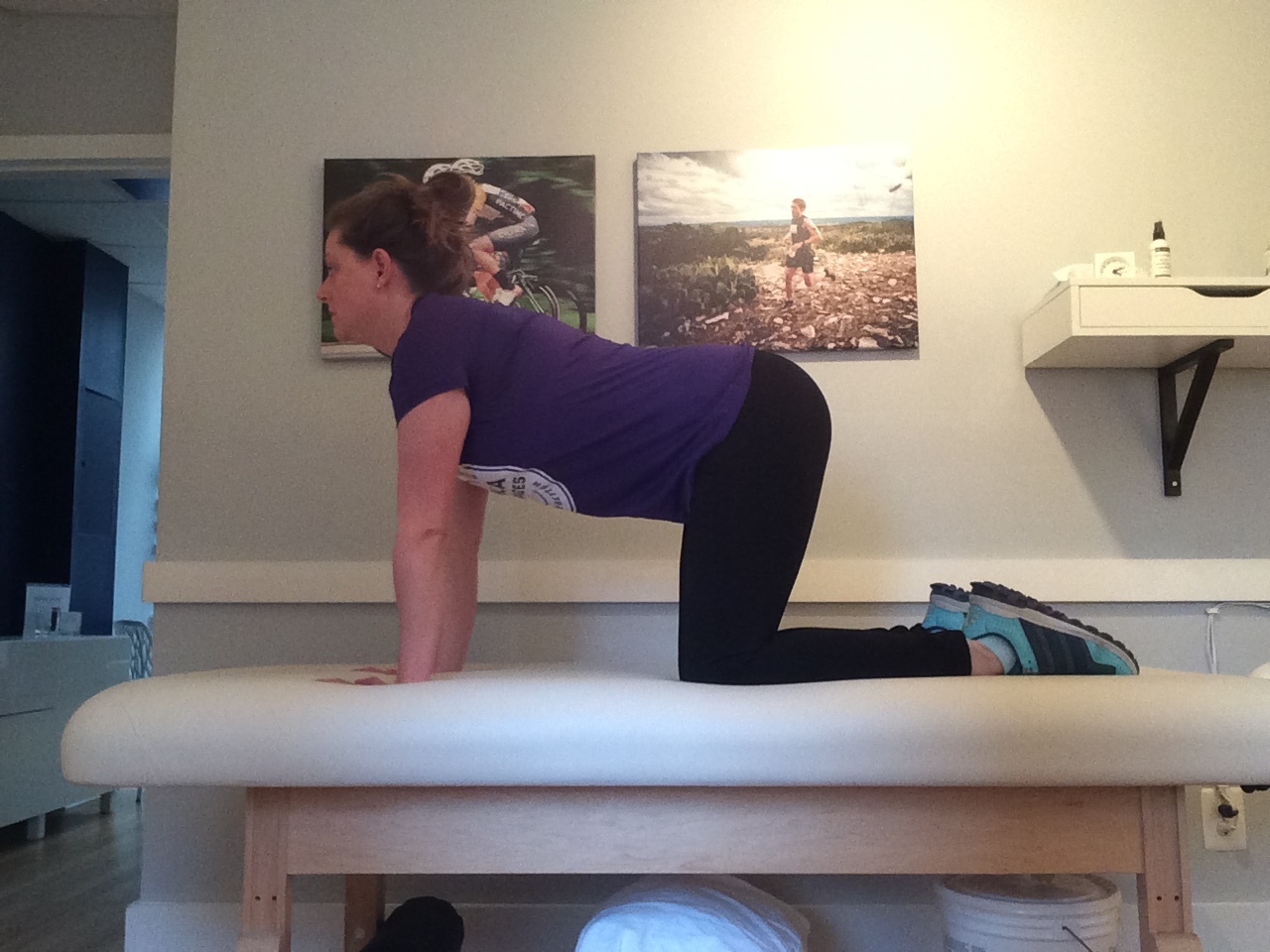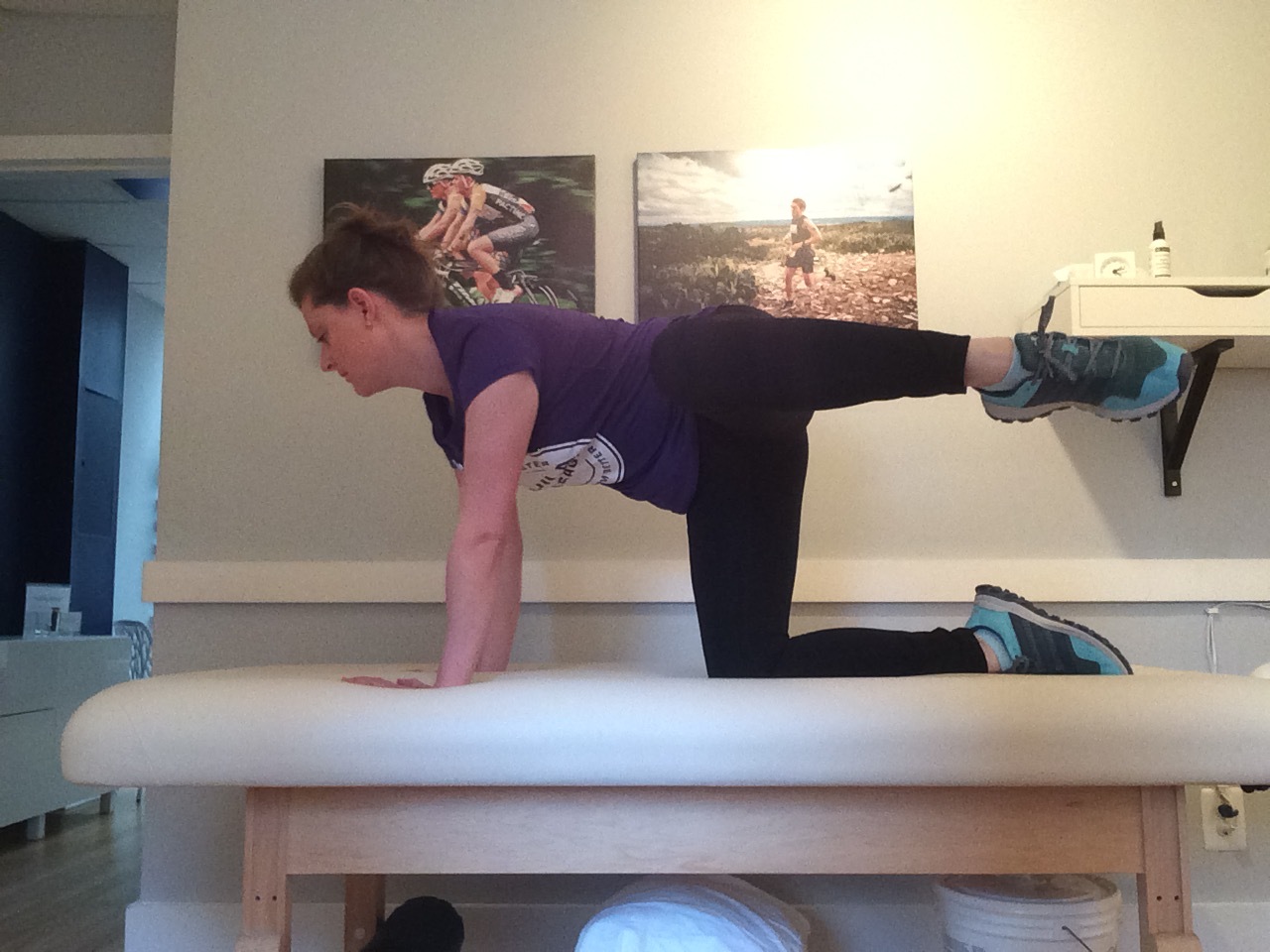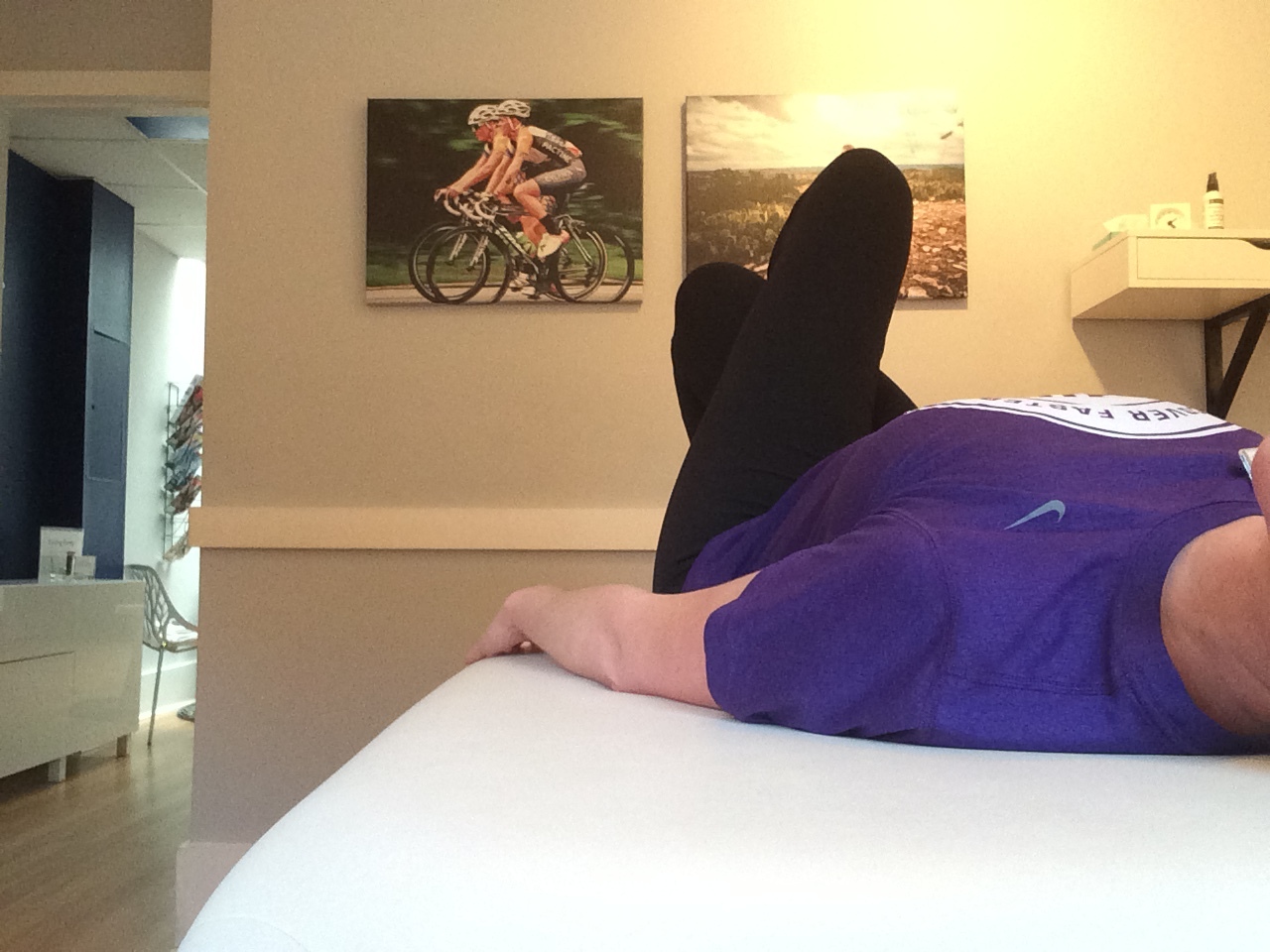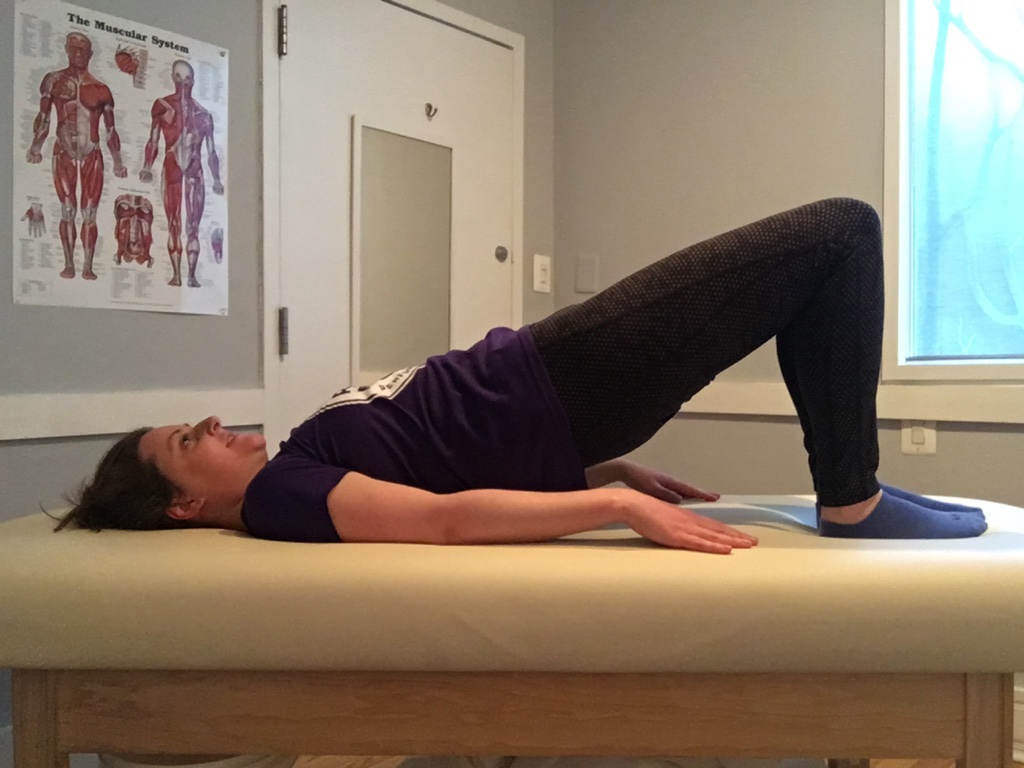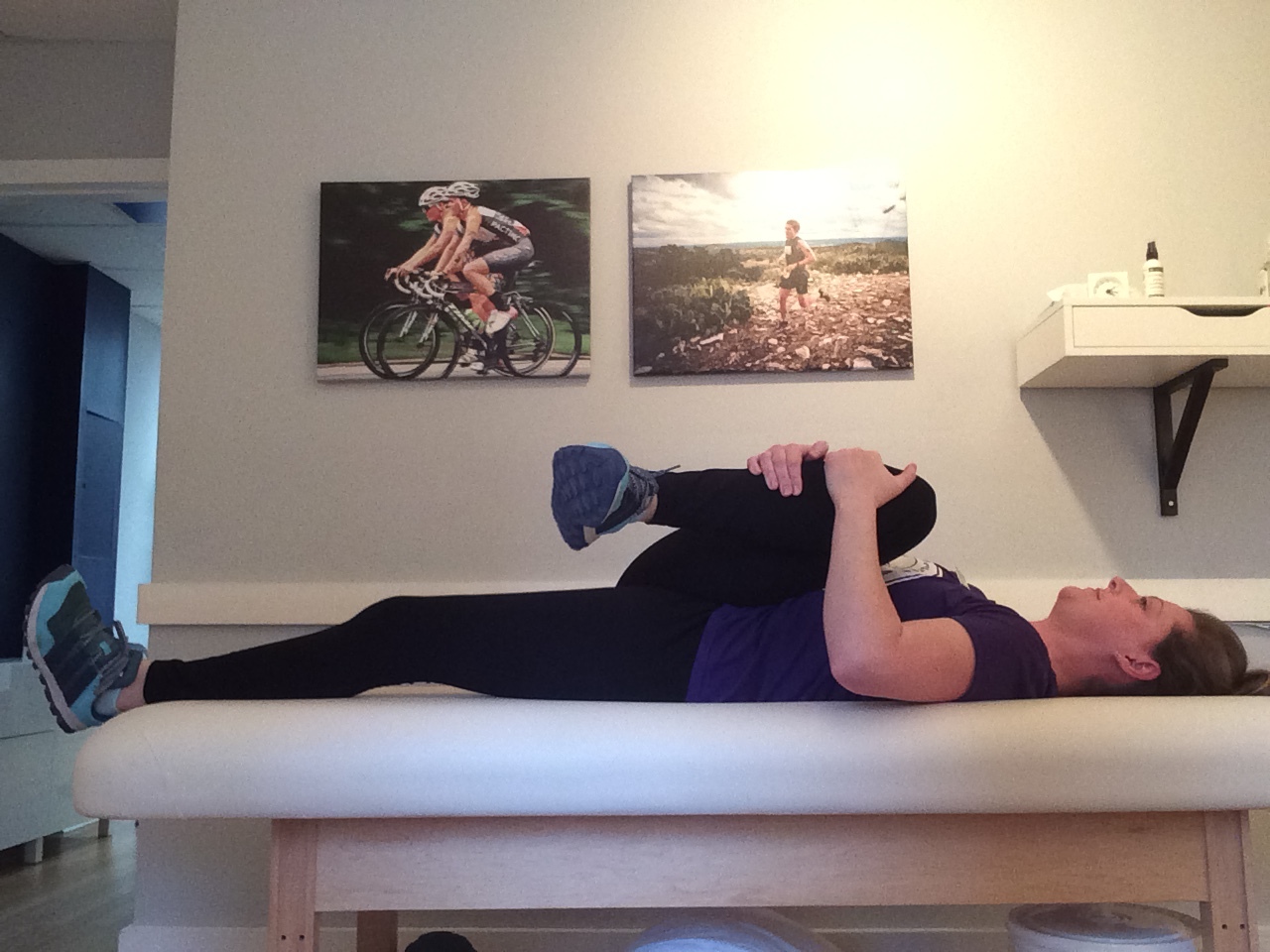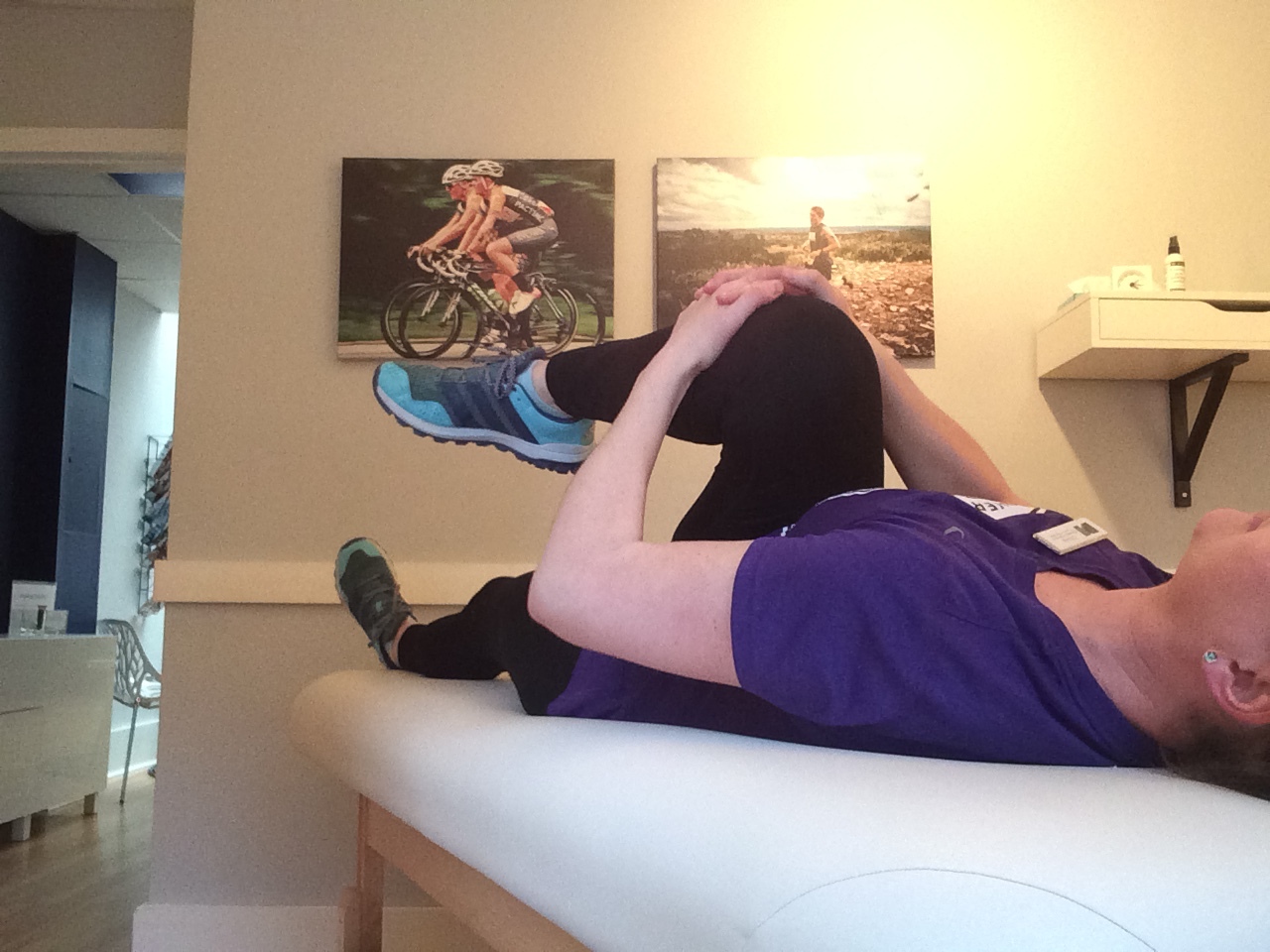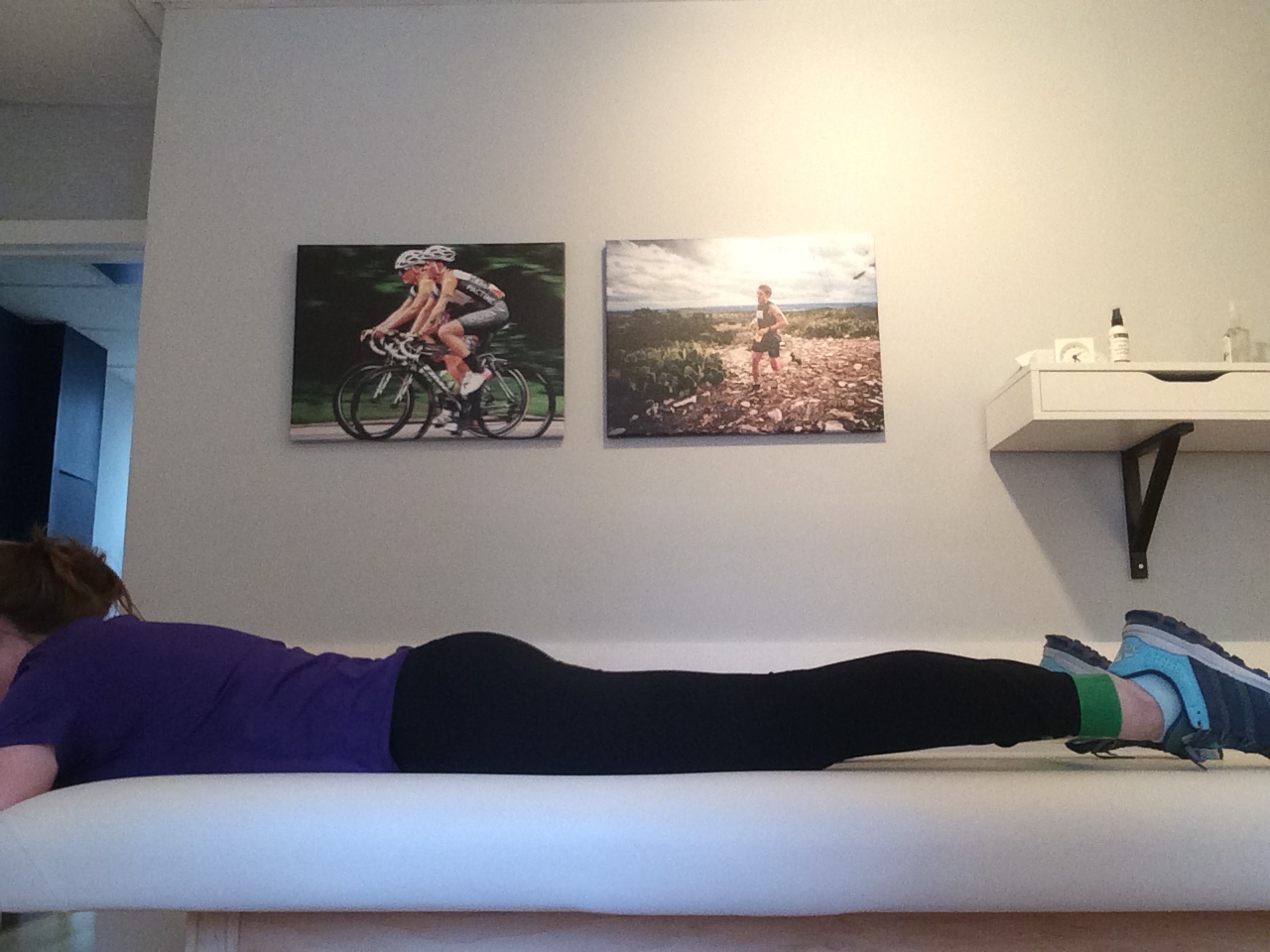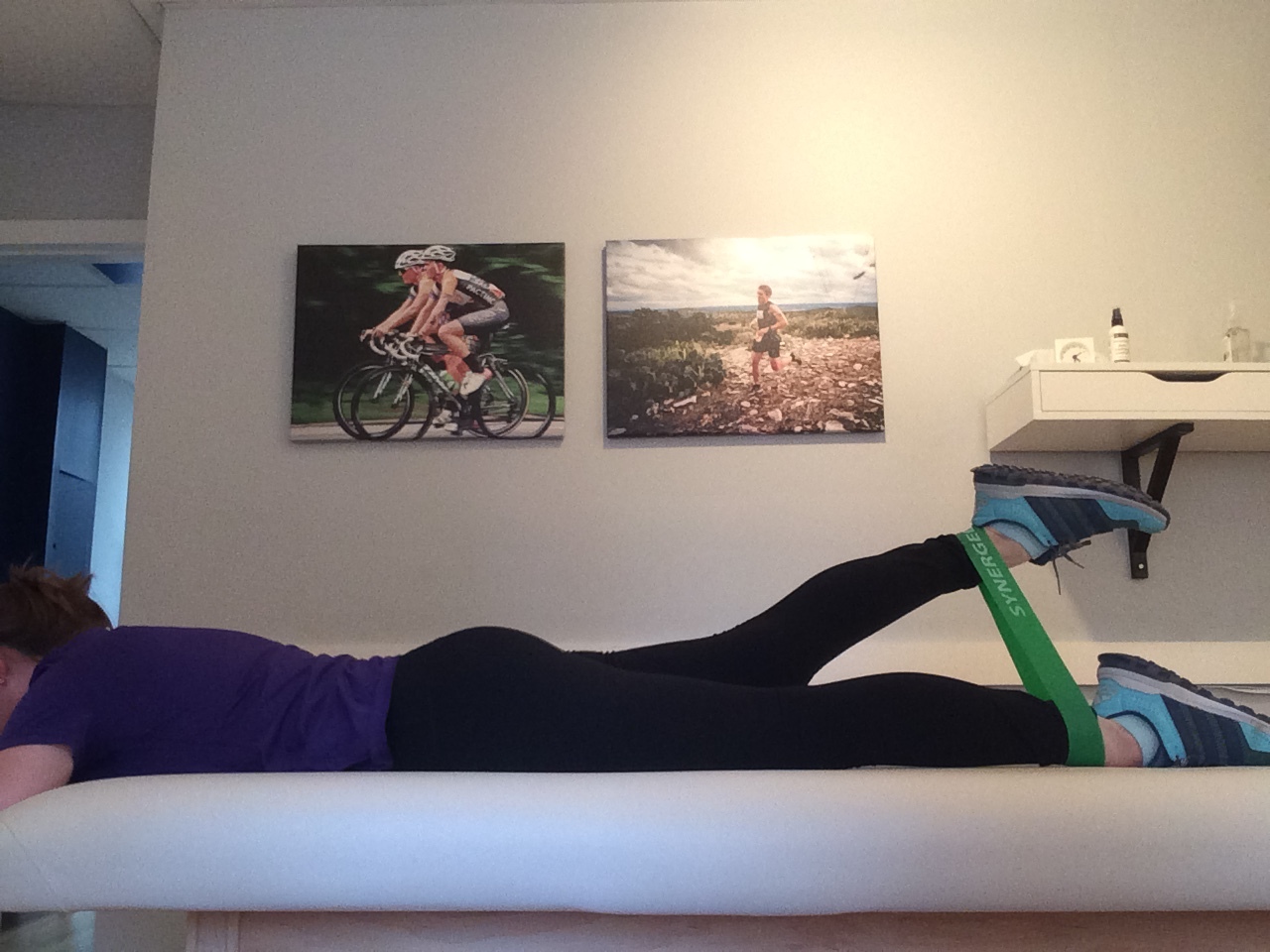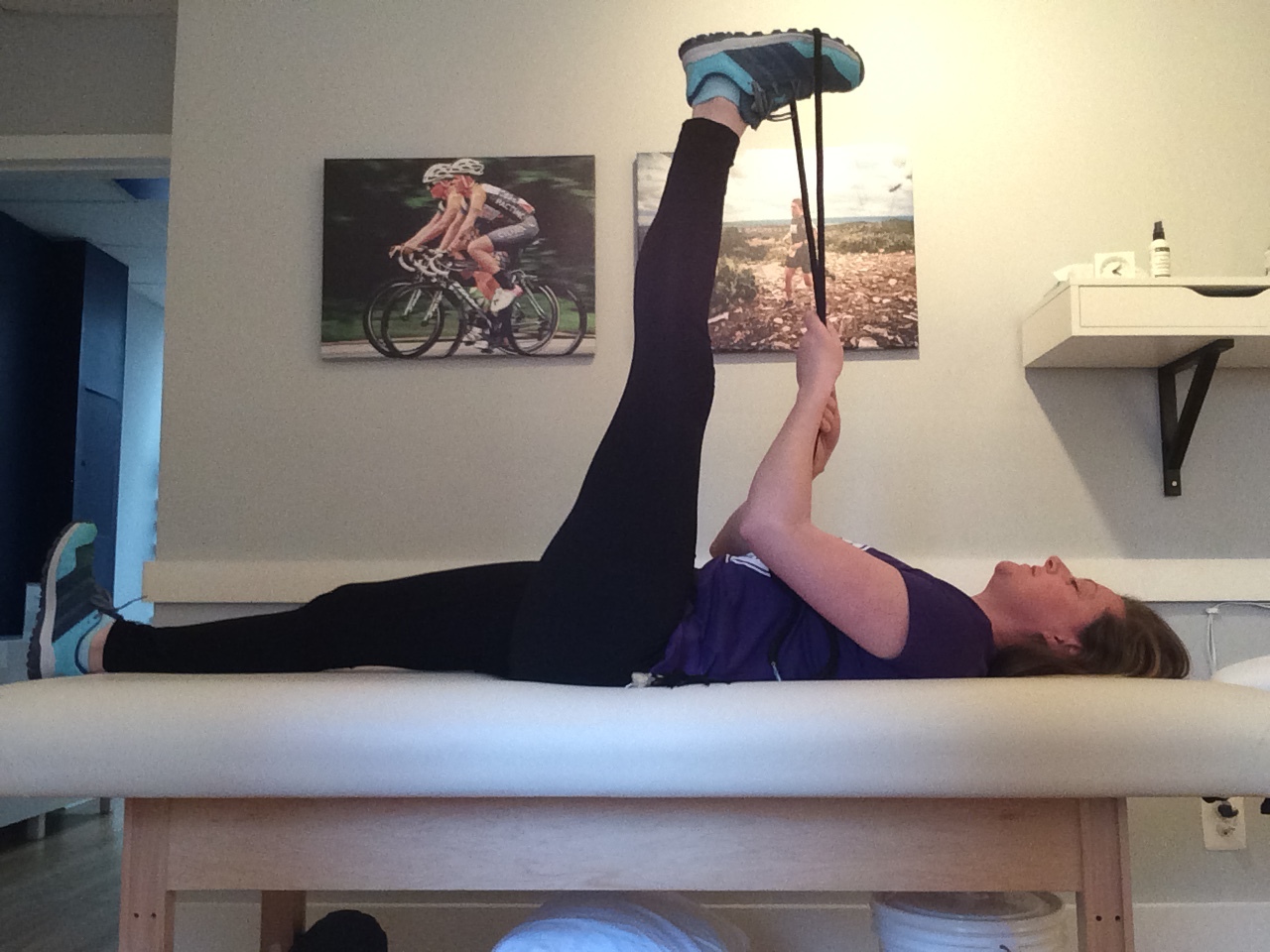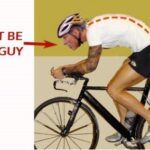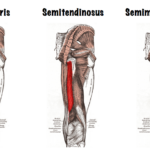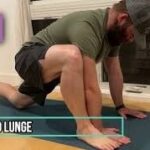Treadmill VS outdoor running
The weather is warming up, but we’re not in the clear yet! By now, training has commenced for anyone who is planning to race this spring season. Have you had to move your workout inside over the winter months?
There are many variables that come with running outside. From potholes to uneven ground, the streets of Philadelphia offer many changes in terrain! Elements such as wind or rain will add an extra challenge to your run, while snow or ice adds caution to your footing. Obstacles such as pedestrians, traffic (and traffic lights) and construction stimulate the mind, prompt a stop/start response and will also impact stride length, cadence and speed. A treadmill workout eliminates the variety in each step; running on the same belt at the same speed can cause some muscles to overwork and some to not work at all. Whenever possible, take advantage of the programs available on the treadmill to mix up your workout.
Environmental variety aside, muscle activation is much less efficient on a treadmill than when running on solid ground [1]. Considering that the belt moves below the runner, the need to push off and propel forward is eliminated (the ground moves below the runner, rather than the runner moving over ground). As such, hip extension becomes passive; the belt drags the leg backwards under the runner rather than the Hamstrings and Glutes firing to push the runner forward over the ground. The less efficient use of the posterior muscles (Glutes and Hamstrings) places a greater strain on the anterior muscles (Quads and Hip Flexors). The runner is now forced to lift the leg forward and extend the knee, firing the Quads and Hip Flexors. Research has also shown that runners have a shorter stride length and a greater stride frequency when running on the treadmill [5], meaning that the posterior leg reaches a shorter range of extension, and the muscles of the anterior leg work at a faster rate.
Due to the change in biomechanics, strengthening the hip extensors and stretching the hip flexors is an essential supplement to treadmill training.
Stretching and Strengthening Exercises for the Hip Flexors and Extensors
Dynamic Stretching
A dynamic stretch involves stretching while moving. When one muscle group is stretching, its antagonist group (the group responsible for the opposing movement) is contracting/strengthening. A dynamic stretch is a great way to warm up the muscles before a workout or before static stretching.
Cat/Cow Variation
Position yourself on the floor on your hands and knees. Bring one knee towards your nose, tucking your head down between your shoulders. (This position is contracting the Hip Flexors, yet stretching the Glutes). Reverse the exercise by extending your leg out behind you, straightening your knee, lifting your foot as high as you can, and arching your back to looking at the ceiling (this position is stretching the Psoas and Quads, yet contracting the Glutes).
Forward Leg Swings
Hold on to something for support. Kick your leg forward as far as you can, then let your leg swing back behind you. As you stretch, your range of motion should increase. When kicking forward, your leg is stretching the Hamstrings and Glutes yet contracting the Quads and Psoas. When kicking behind you, you are contracting the Glutes and Hamstrings, yet stretching the Quads and Psoas.
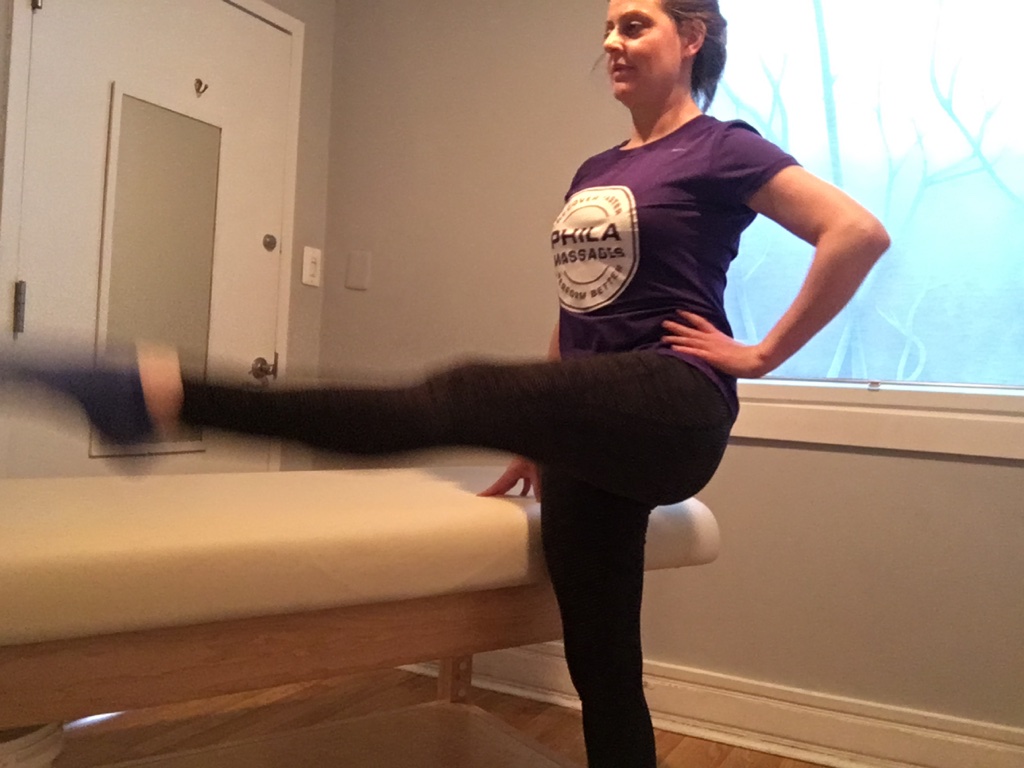

Lateral Leg Swings
Hold on to something for support. Kick your leg out laterally, engaging the Glute Medius/Minimus and TFL. Let the leg swing back across the front of your body, stretching the Glute Medius/Minimus and TFL. As you stretch, your range of motion should increase.
Flexors
Psoas
The Psoas works in conjunction with other muscles to help you lift your leg in front of you, turn your foot out to the side and bend your lumbar spine to touch your toes. It also joins forces with the Iliacus to create the Iliopsoas, the ultimate spine stabilizer and the reason you can keep a steady warrior pose in yoga practice!
Strengthening: crunch; laying on the back, flex the hip of the exercising side to pull the knee toward the chest with both hands. Engage the core, release the grip of the hands while maintaining the crunch position. Hold for five seconds, then lower and release.
Stretching: Flex the hips to lean the trunk forward. Place the knee of the exercising leg on a surface such as a couch, low table or chair. Slowly extend the hips, bringing the trunk to a neutral position. To increase the stretch, flex the knee of the exercising leg.
Piriformis
The Piriformis is located deep to the Gluteals. The rope-like muscle is attached to your Sacrum and the Femur, and is one of the six muscles that are responsible for lateral rotation the hips.
Strengthening: Side-lying clamshell; lay on one side with hips and knees flexed. While keeping the feet together, engage the Quads and Glutes to rotate the top hip, pointing the knee to the ceiling. Hold for five seconds, then lower and release [2].
Stretching: Number 4; Lay on the back, firmly plant the foot of the resting leg on the ground by the glute. Loosely cross the exercising leg over the planted leg so that the ankle rests just above the knee. Flex the hip of the resting leg and bring the resting knee towards the chest.
Tensor Fascia Latae
The TFL is a small muscle located on the outside of the upper leg that attaches to the IT Band. The TFL is responsible for hip flexion when you squat or pedal a bike, the medial rotation of a breaststroke kick, and abducting the hip when you bust out a karate kick!
Strengthening: Lateral stepping with resistance; place a resistance band around the ankles. Carefully step laterally towards the exercising side, the opposite leg then follows to bring the feet together.
Stretching: Lay on the back with arms at shoulder height. Flex the hip of the exercising side so that the leg comes to a 90-degree angle, maintain a straight leg. Lower the leg to the hand on the opposite side.
Quadriceps Muscle Group
The Quads are the four large muscles found on the front of the upper leg. All four muscles are responsible for knee extension, like when you kick a soccer ball. The Rectus Femoris is the only quad muscle that crosses both the hip and the knee joint, therefore it is the only Quad that assists in hip flexion.
Strengthening: Straight leg raise; lay on your back with legs extended. Whilst maintaining a straight leg, engage the exercising leg and slowly raise it to a 45-degree angle, hold for five seconds and then lower it to the ground. *In the instance of strengthening the hips, a straight leg will engage the Rectus Femoris (hip flexor).
Stretching: Lay prone on the ground. Wrap a band around the foot of the exercising leg, hold the end of the rope over the shoulder. Flex the knee and bring the foot to the glute. Use upper body strength to pull on the rope for a deeper stretch.
Gluteus Medius and Minimus
The Gluteus Minimus muscle is located deep to the Medius. Both muscles are responsible for hip flexion, medial rotation and abduction of the hip. The Medius is unique in that it has both anterior and posterior fibers, therefore similar to the deltoid in the shoulder, it is able to conduct the opposing movements of flexion and extension!
Strengthening: Fire-hydrant; start on all fours. Maintaining a 90-degree angle of the knee, engage the exercising side and laterally flex (abduct) the hip so that your knee is pointing to the wall beside you… like a dog marking its territory! Hold for five seconds, then lower and release [2].
Stretching: Lay on the back, firmly plant the foot of the exercising leg on the ground by the glute. Tightly cross the opposite leg over the planted leg. Use the opposite leg to draw the exercising leg laterally towards the opposite side.
Extensors
The Gluteus Maximus and Medius
Along with the Medius and Minimus, the Maximus assists with abduction of the hip. However, as the fibers of the max attach to the posterior of the femur, they oppose the Minimus and instead of flexing the hip, they extend it. The Maximus is the primary force in stair climbing!
Strengthening: Bridge; lay on back with feet planted on the ground by the glutes. Engage the Quads and Glutes to slowly raise the pelvis. Hold for five seconds, and then lower and release.
Stretching: Stabilize pelvis, flex the knee and hip of the exercising leg and move leg across to opposite side chest, place both hands on lateral side of the knee to assist.
Hamstring Muscle Group
The Hamstring group consists of three long muscles on the posterior of the upper leg. The three muscles cross both hip and knee joints, and are responsible for extending the hip and flexing the knee; as in flutter-kick when swimming freestyle.
Strengthening: Lay prone with a resistant band around your ankles. Maintaining a straight leg, engage the exercising side and extend the hip, raising the leg in the air. Hold for five seconds and then lower and release.
Stretching: laying on back, take a rope around the foot of the exercising leg. Maintaining a straight leg, flex the hip to raise the leg into the air. Use upper body strength to pull on the rope for a deeper stretch.
If you have had to take to the treadmill these winter months now you know why your technique may seem out of balance. The Sports Massage Specialists at Phila Massages will focus on massaging your overworked and tired flexors and will assist you with stretching your underworked and tight extensors. Phila Massages will have you on the road again faster than you can say Willie Nelson!
Related articles:
http://www.philamassages.com/blog-1/the-elusive-psoas
http://www.philamassages.com/blog-1/piriformis-syndrome-what-a-pain-in-the-butt
http://www.philamassages.com/blog-1/gluteus-a-travel-companion
References (viewed 3/5/18):
1. https://www.sports-health.com/blog/treadmill-workouts-what-runners-need-know
2. https://www.artofmanliness.com/2014/08/05/undo-the-damage-of-sitting/
3. https://www.livestrong.com/article/388802-treadmill-vs-running-outside/
4. https://www.huffingtonpost.com/rami-hashish/to-run-outside-or-on-a-treadmill_b_2553448.html
5. https://runnersconnect.net/treadmill-running-easier/
6. Active Isolated Stretching: The Mattes Method, Aaron L Mattes
7. Sport Stretch: 311 Stretches for 41 Sports, Michael J Alter
8. Trail Guide to the Body: 4th Edition, Andrew Biel
This article/video is for educational purposes only; do not attempt without your physician’s clearance. If you are in pain or injured, see your physician.
Copyright © Vidal Sports LLC 2018




